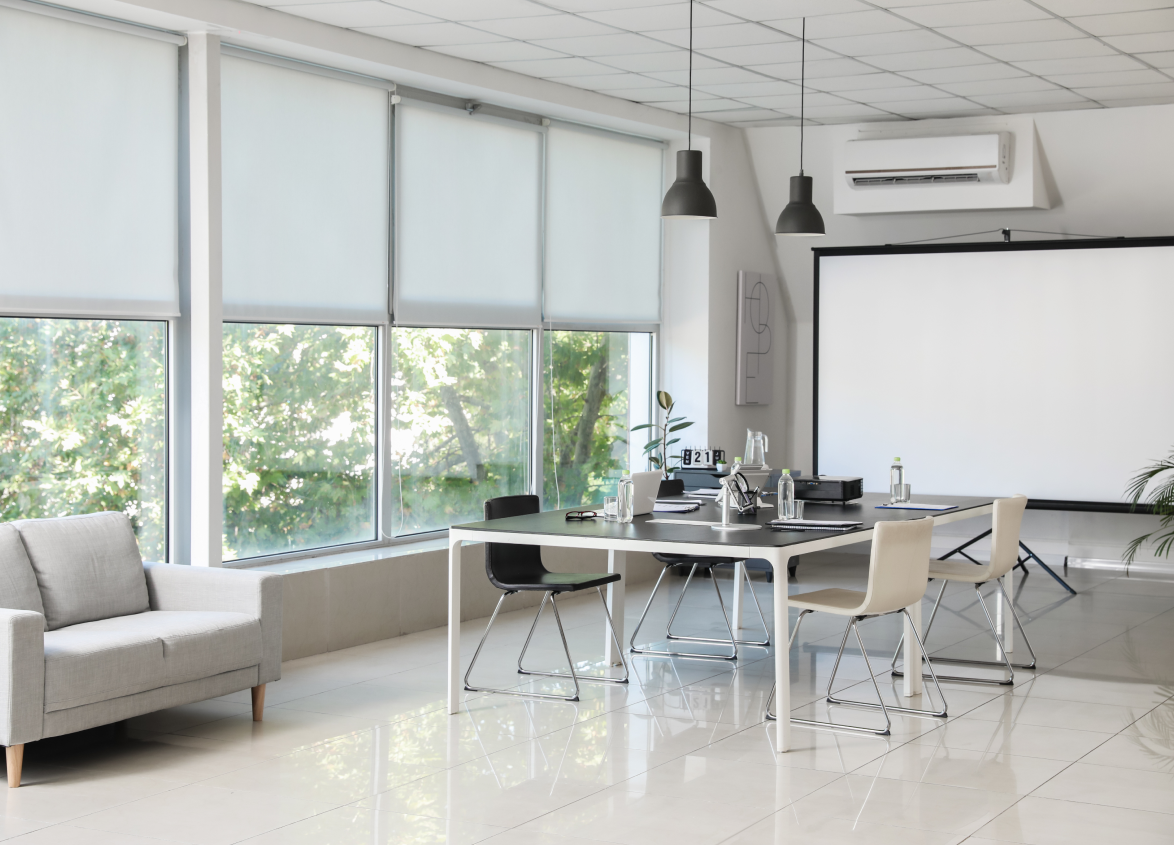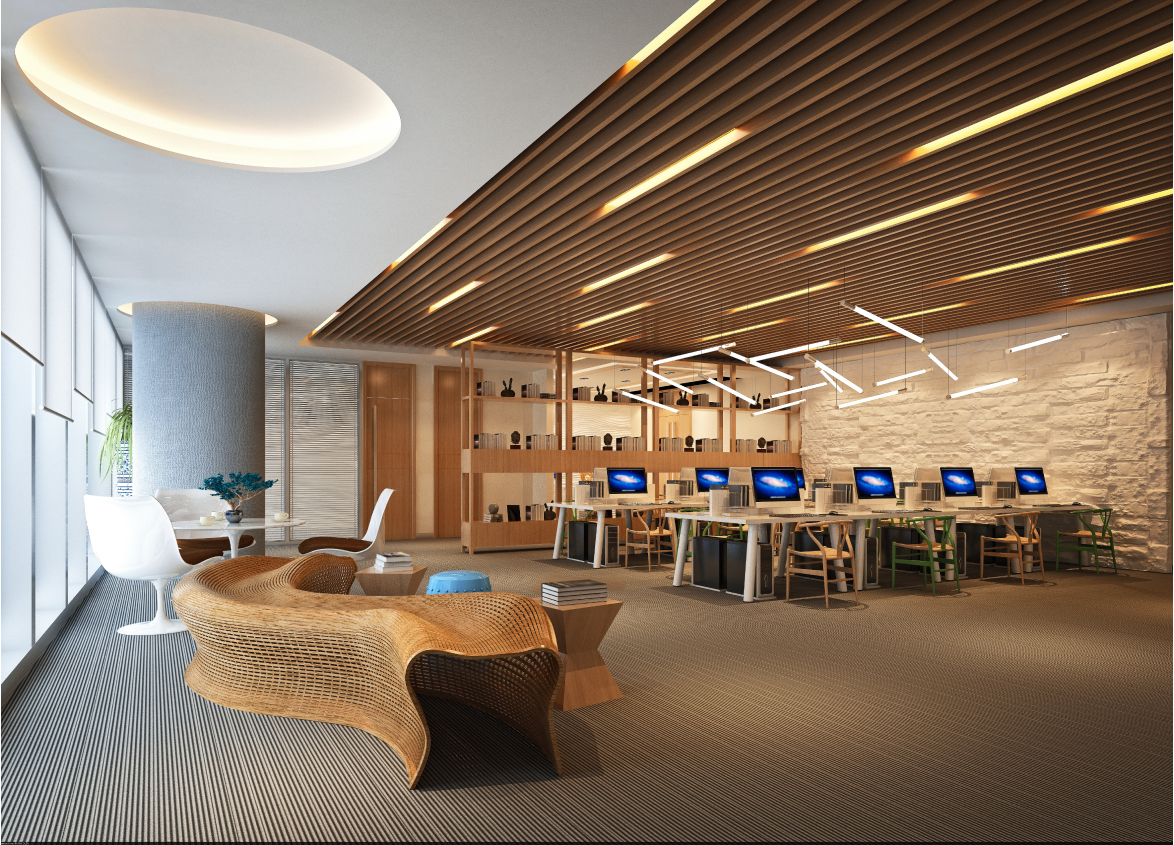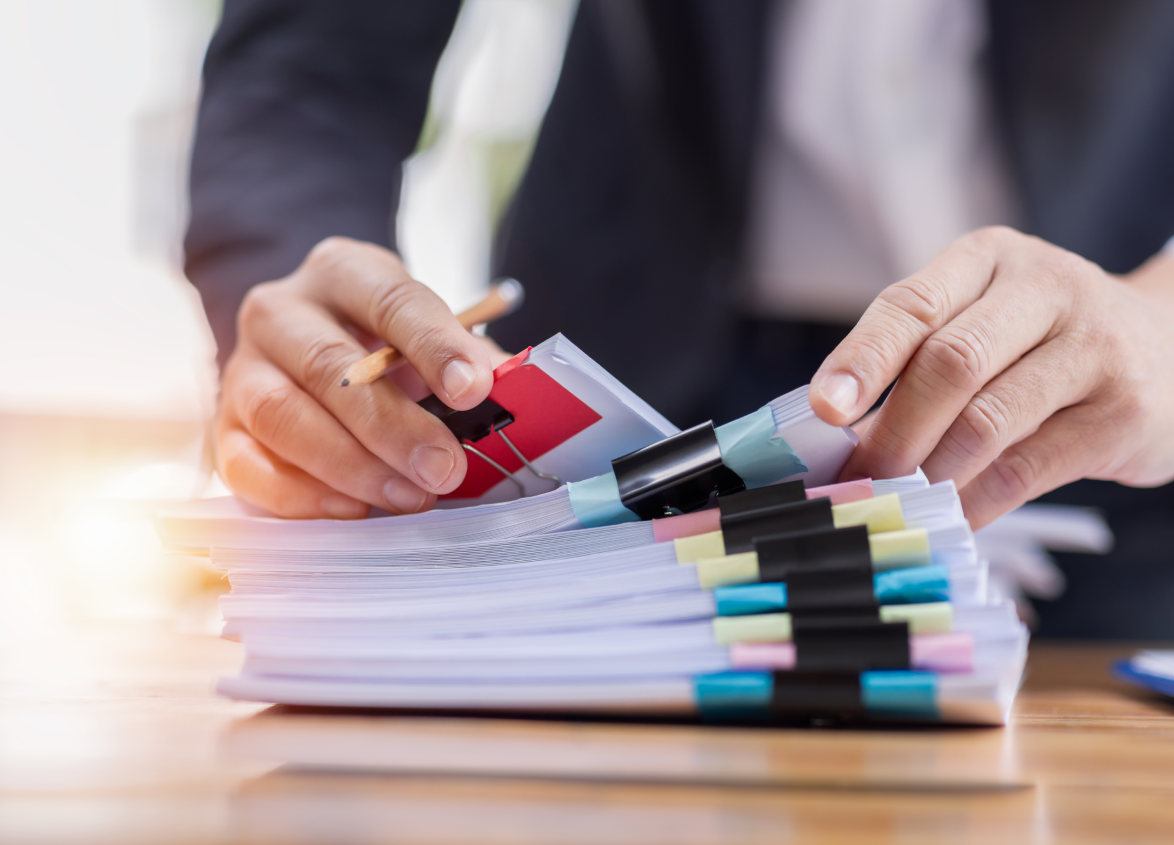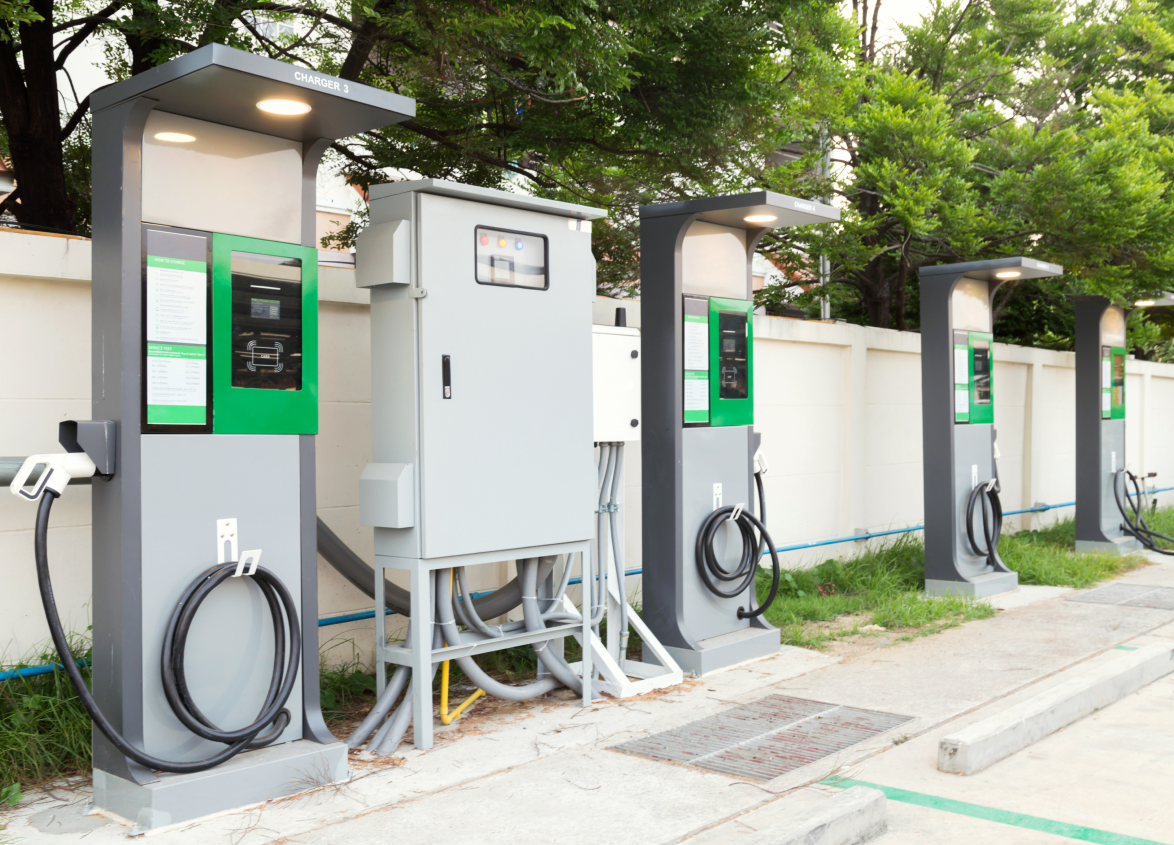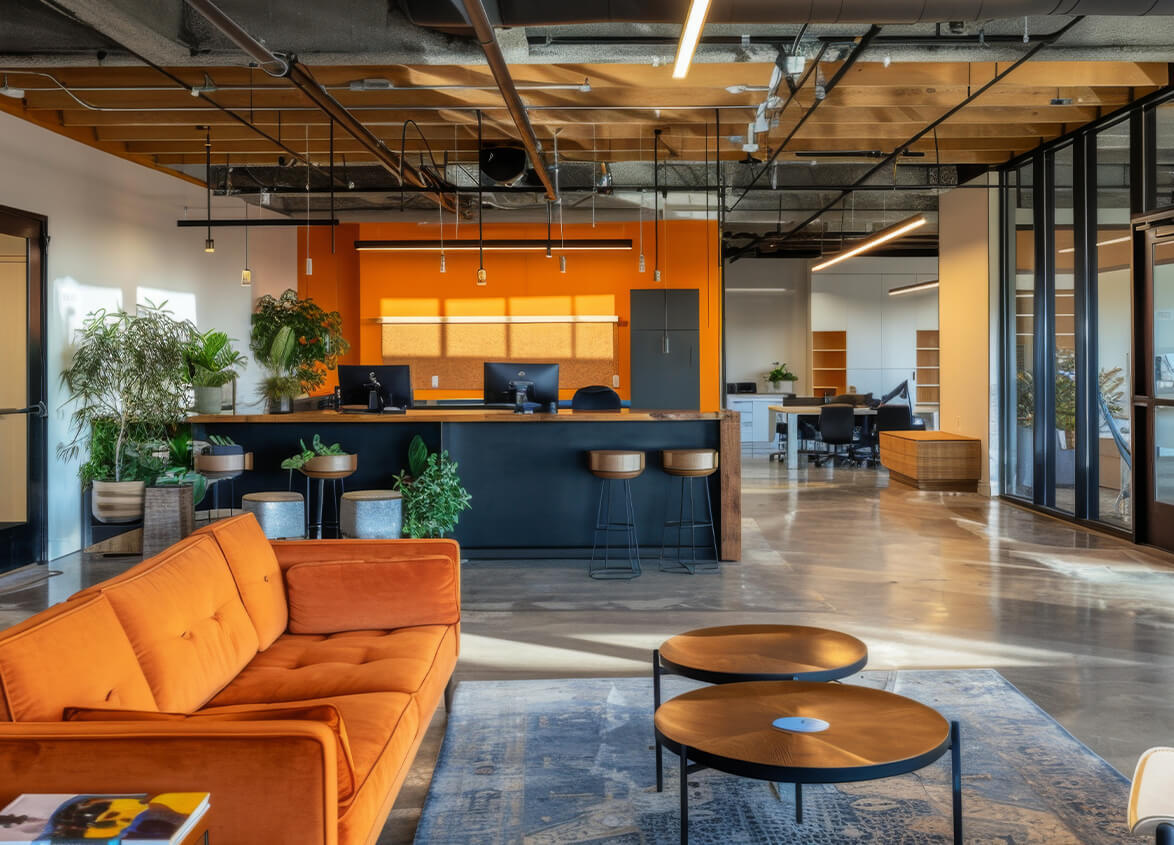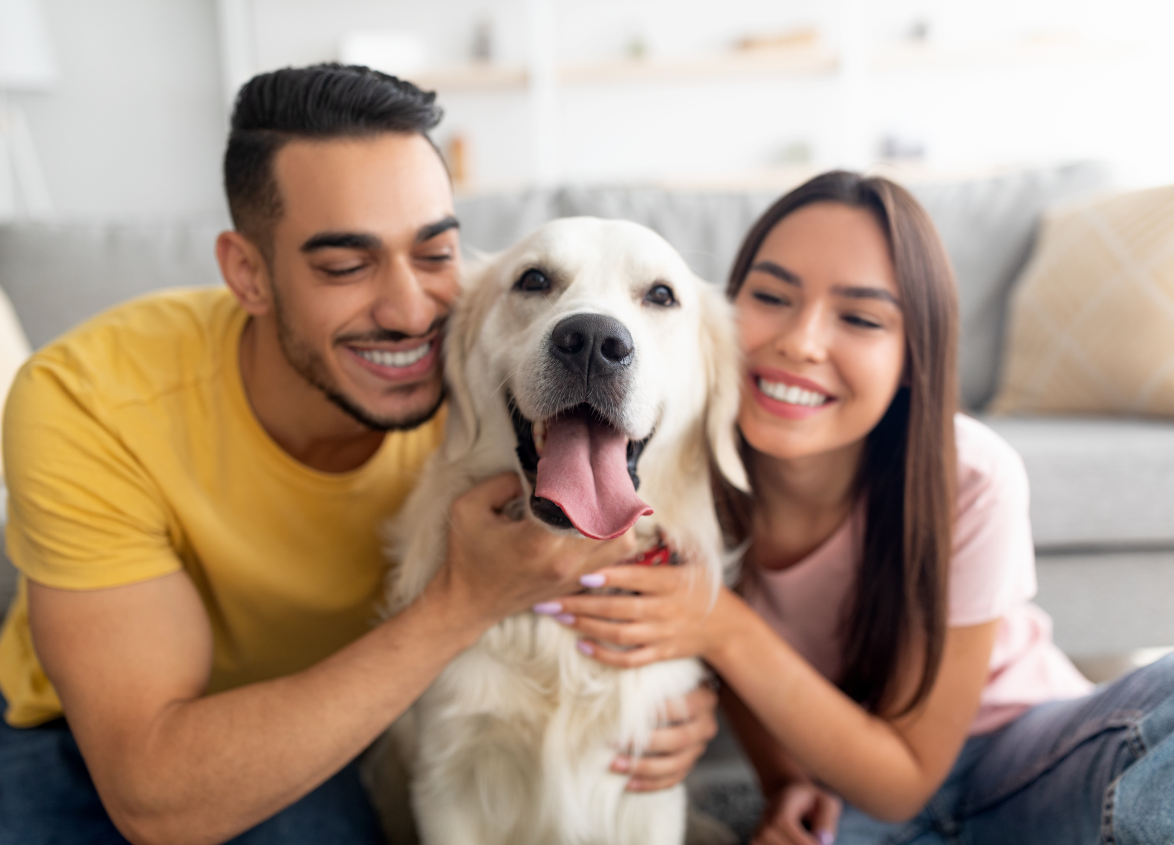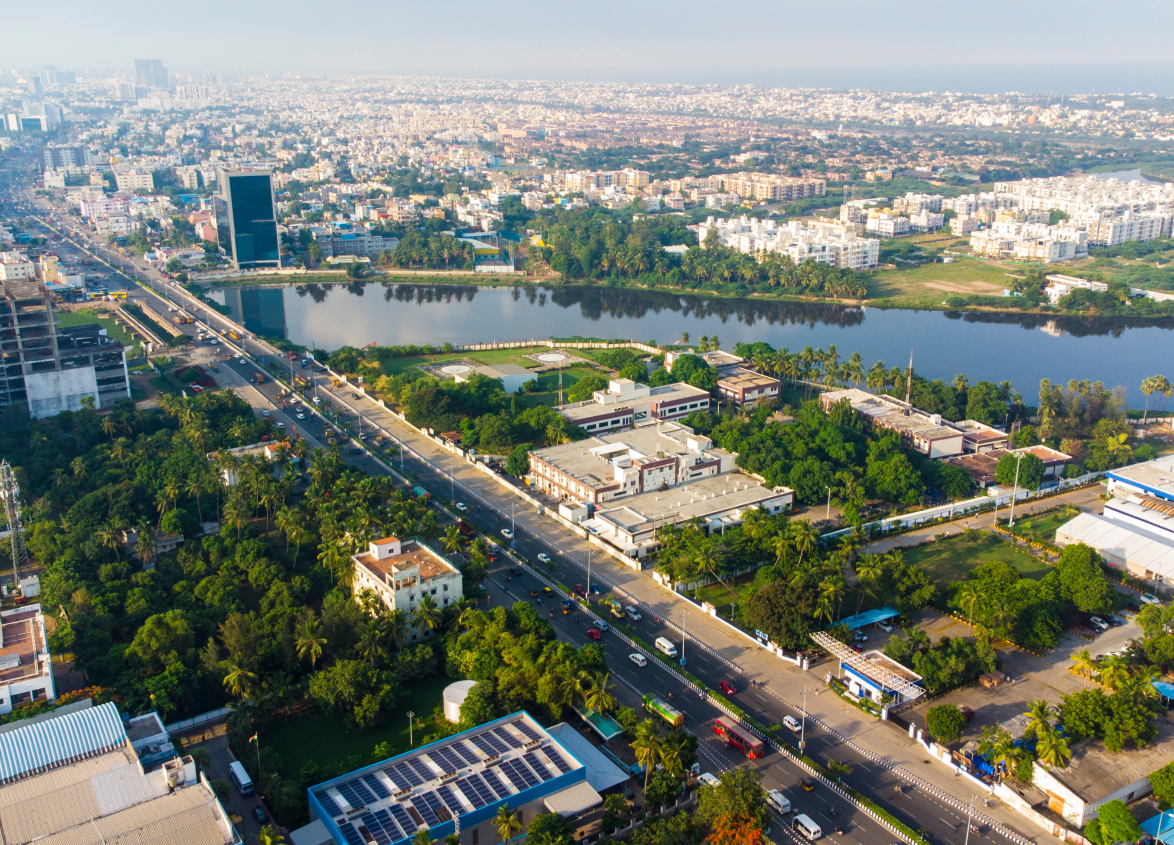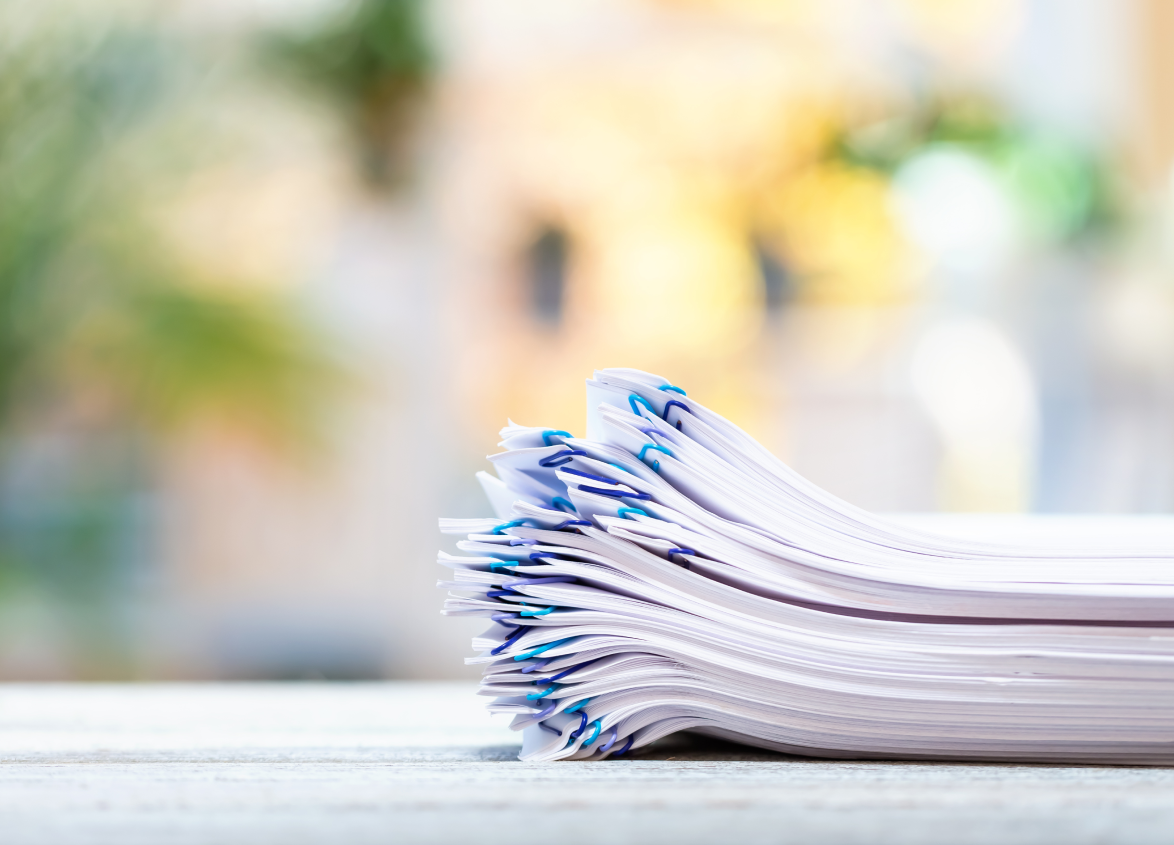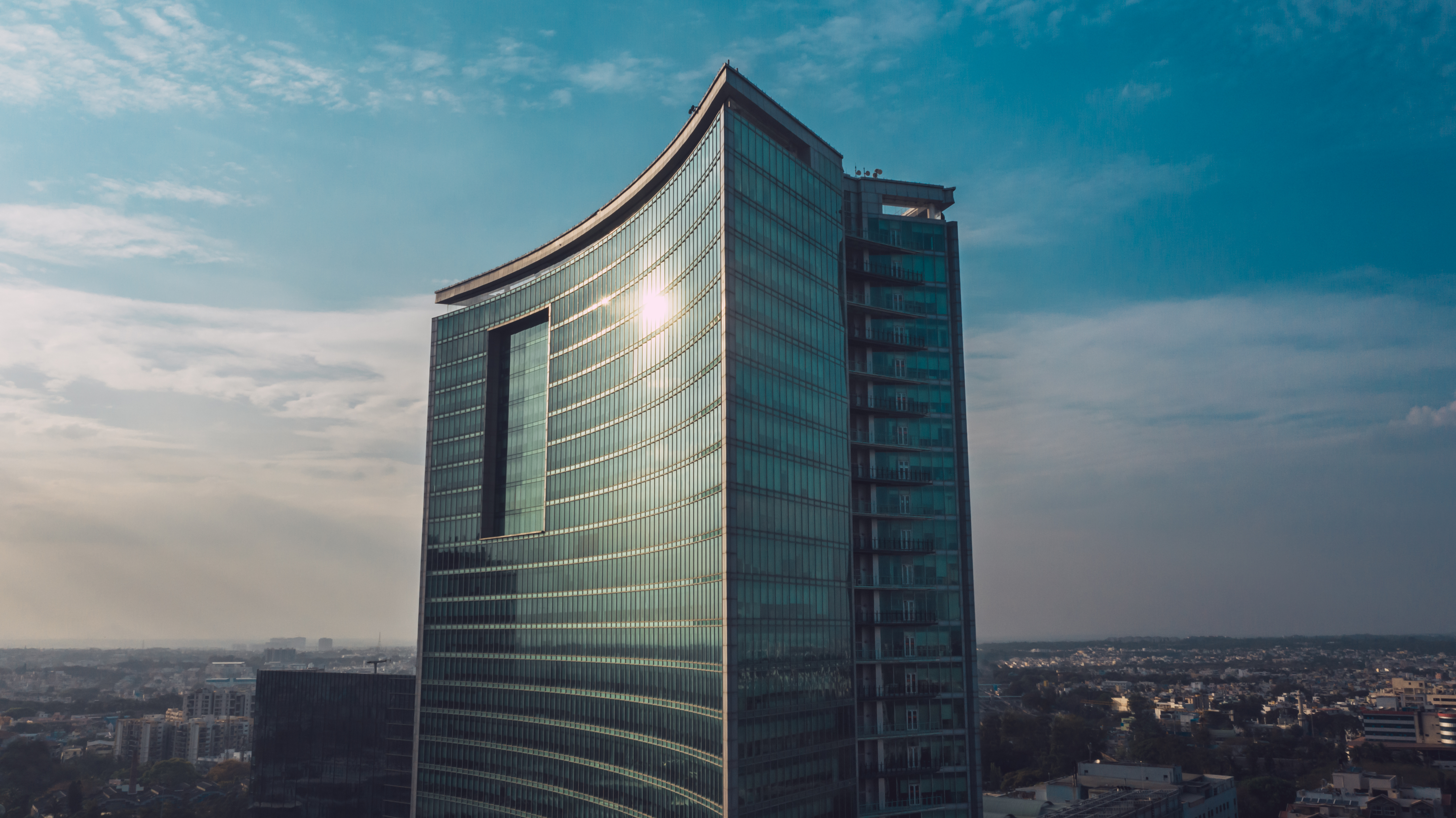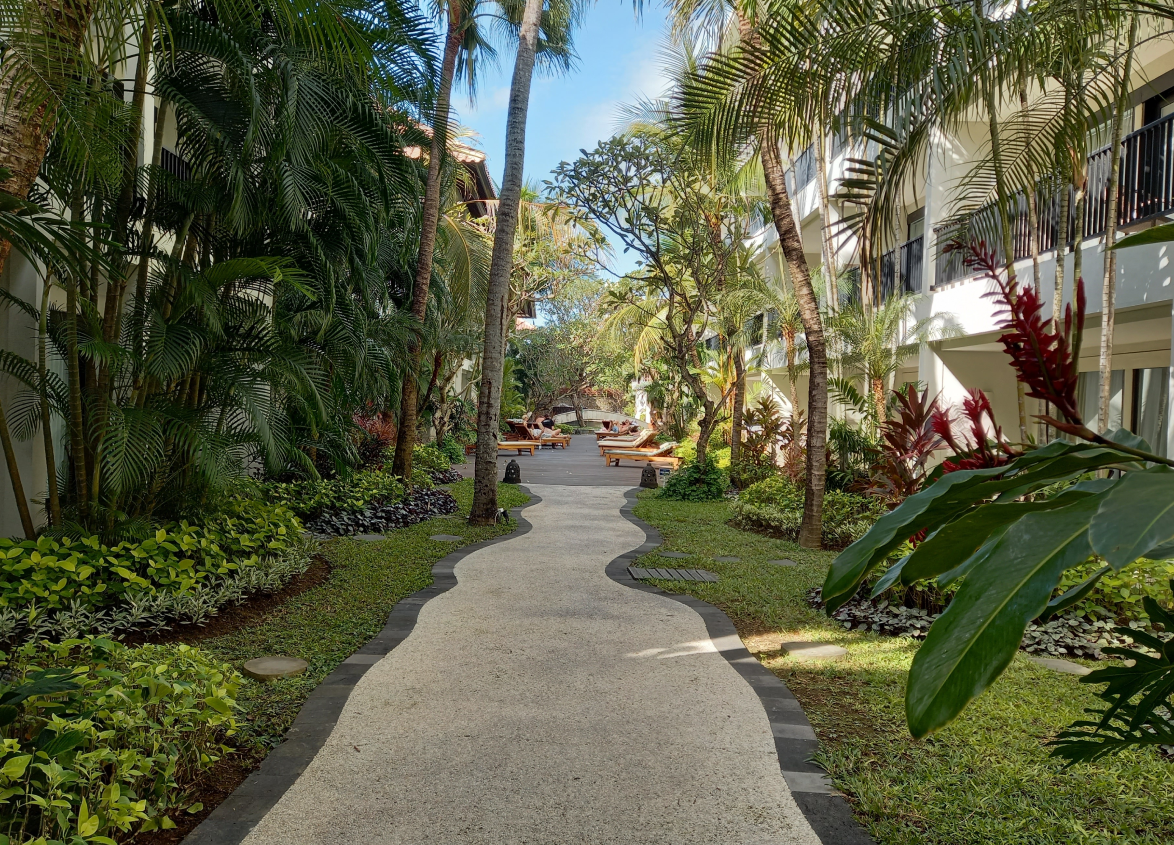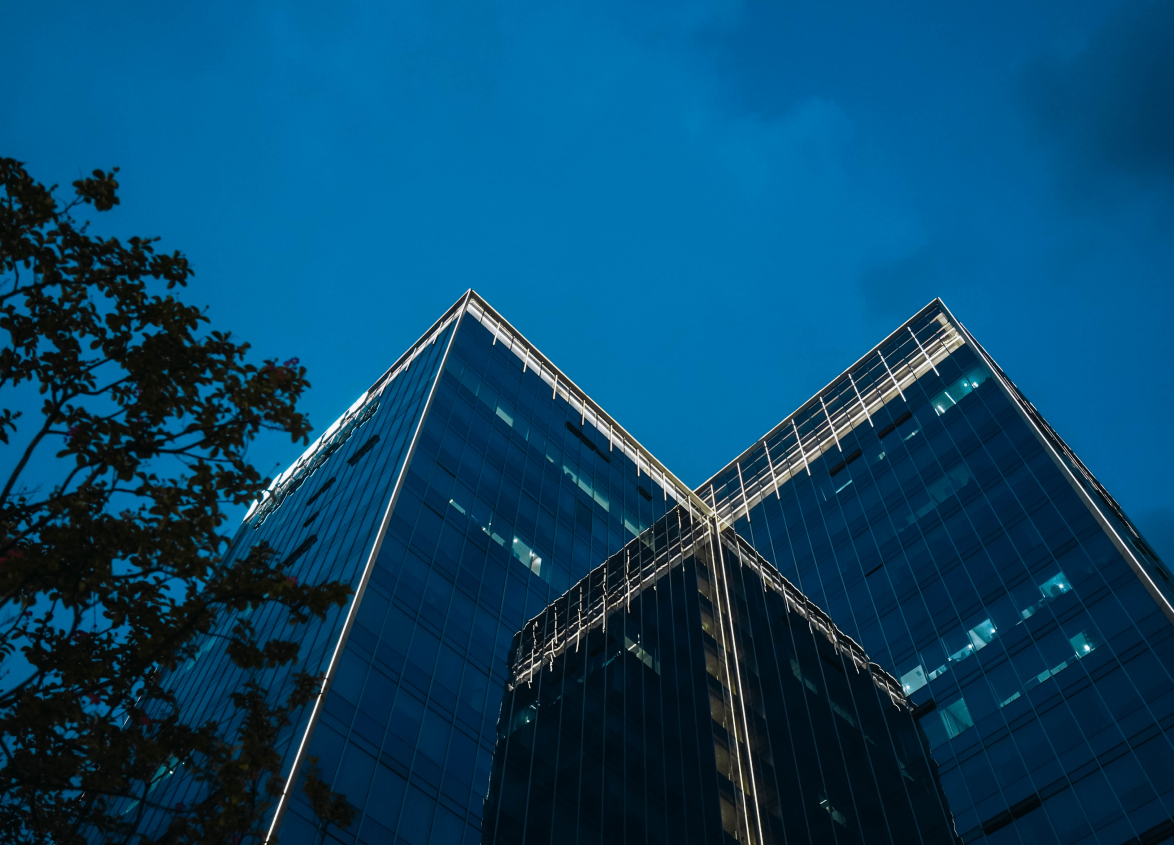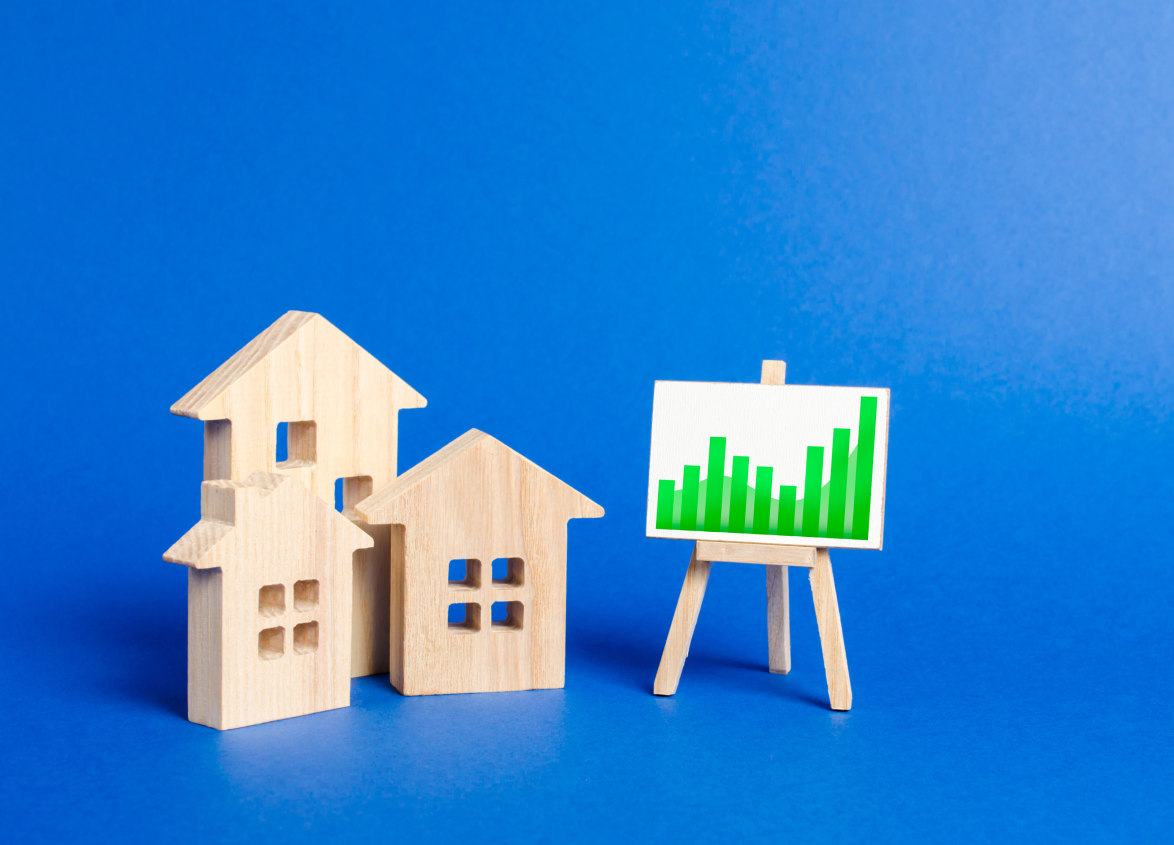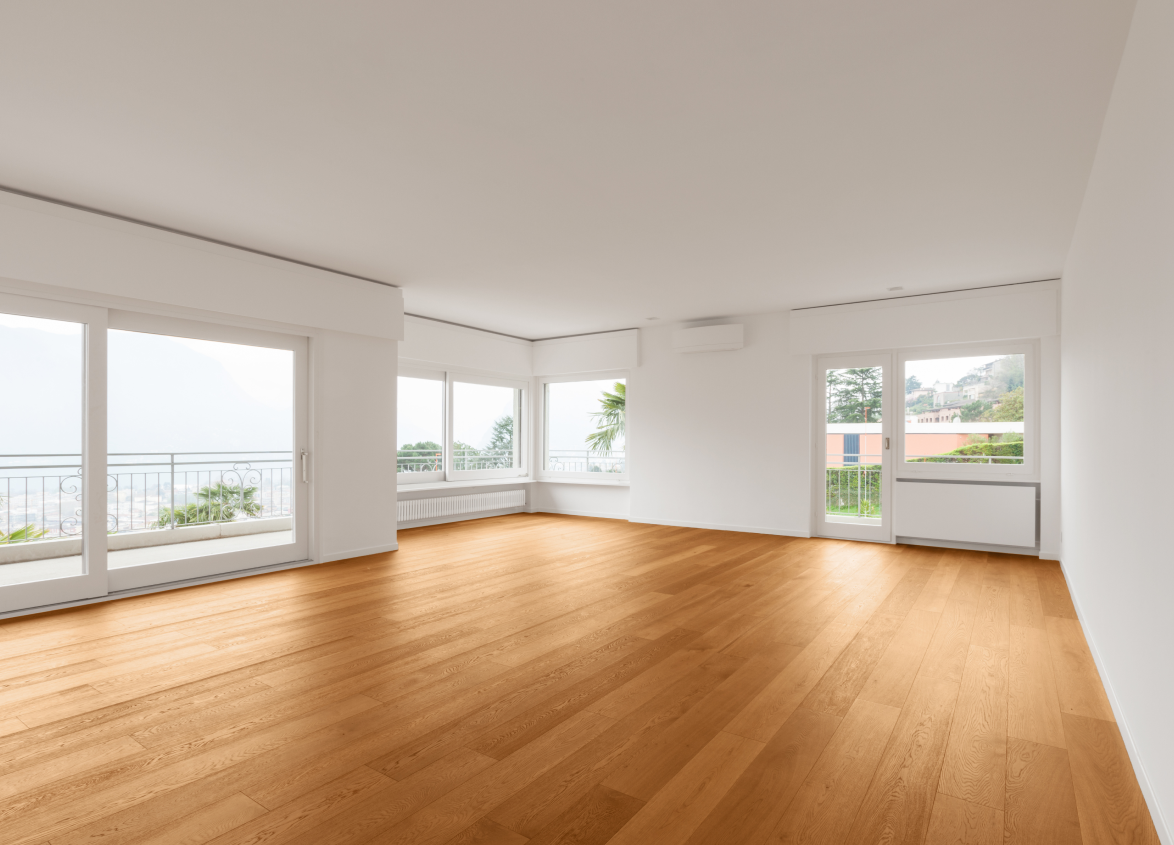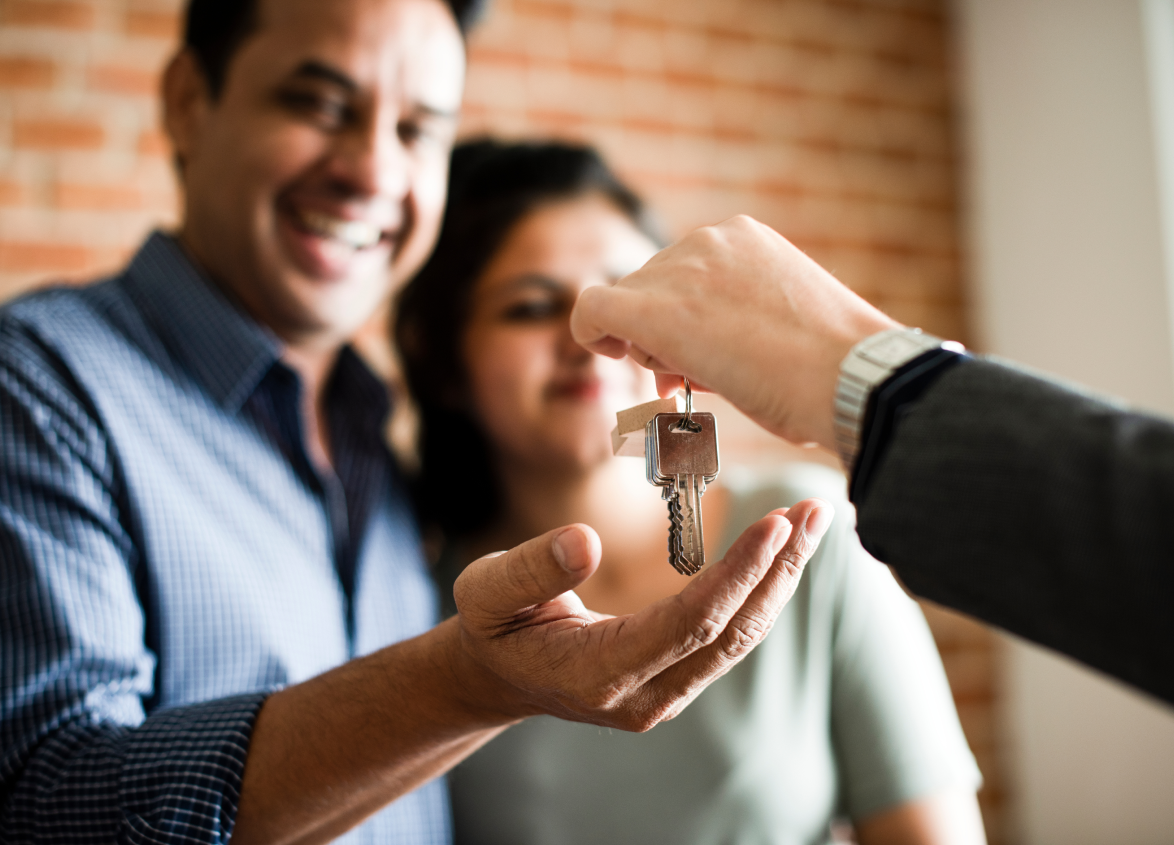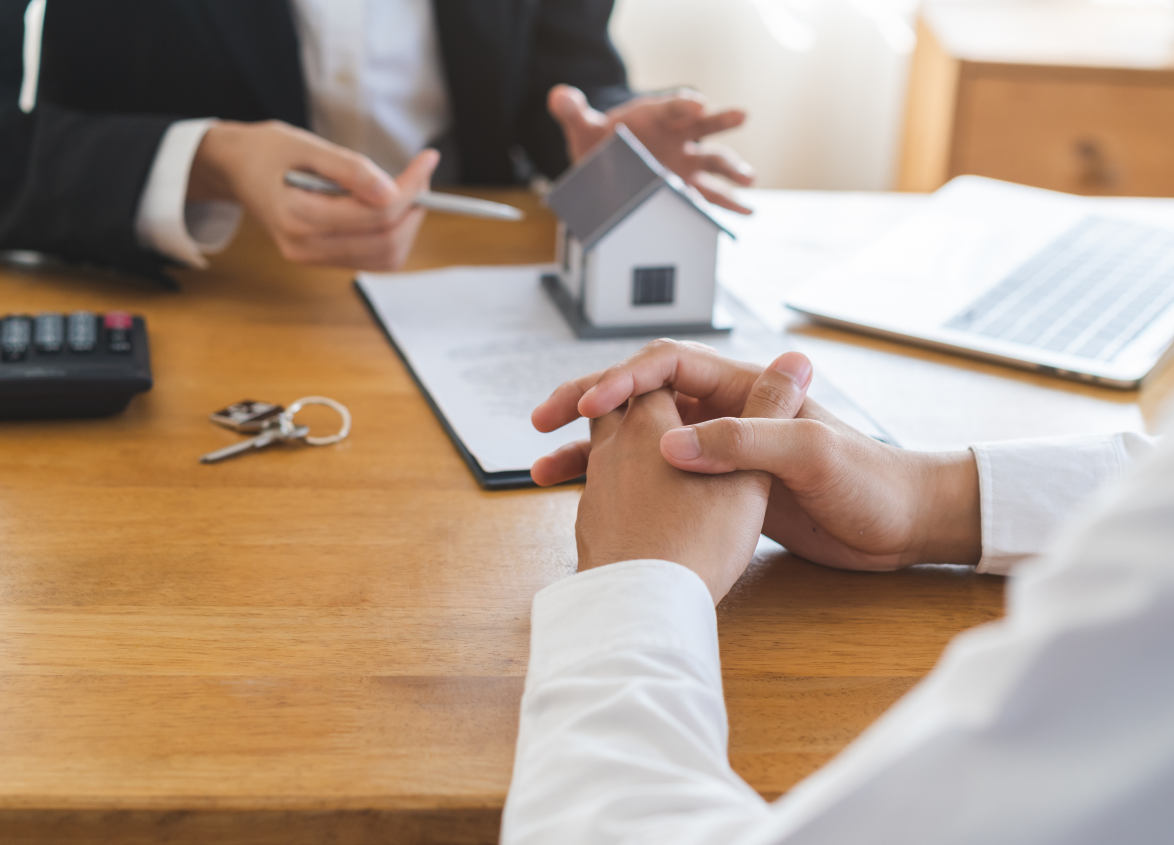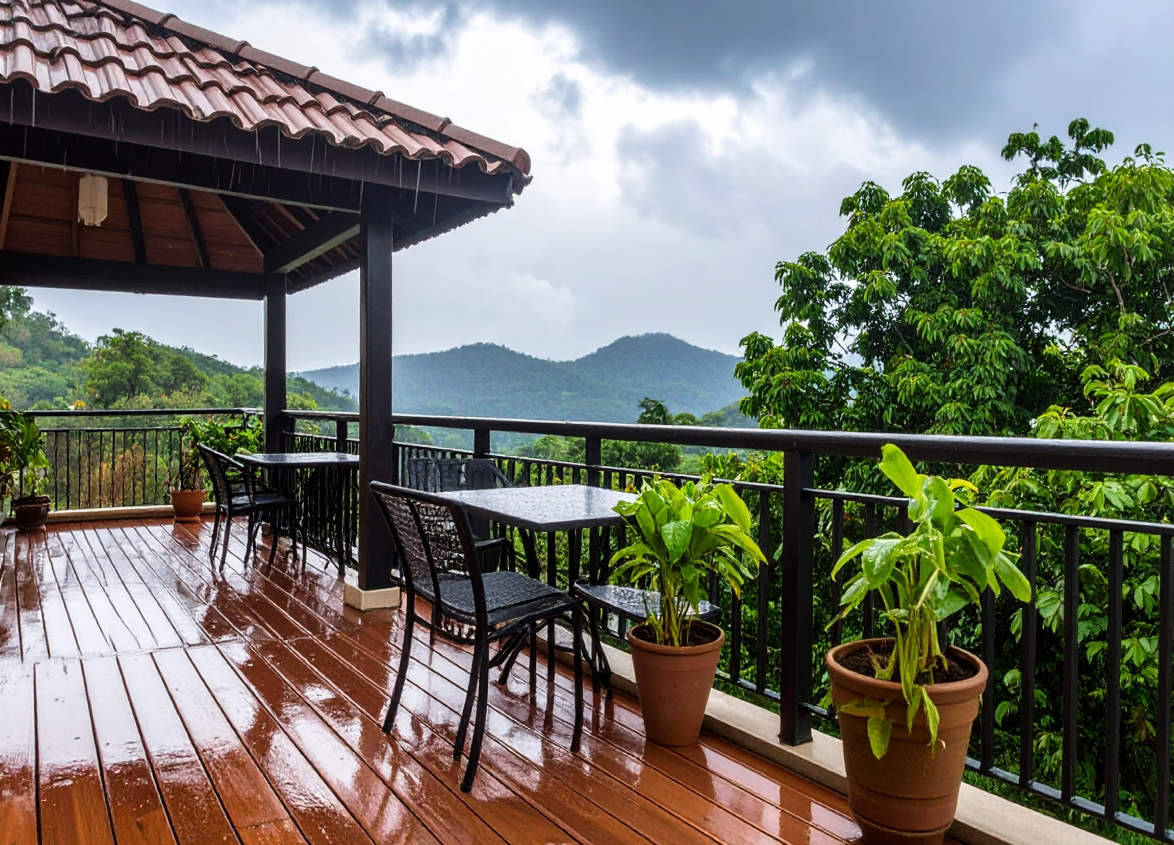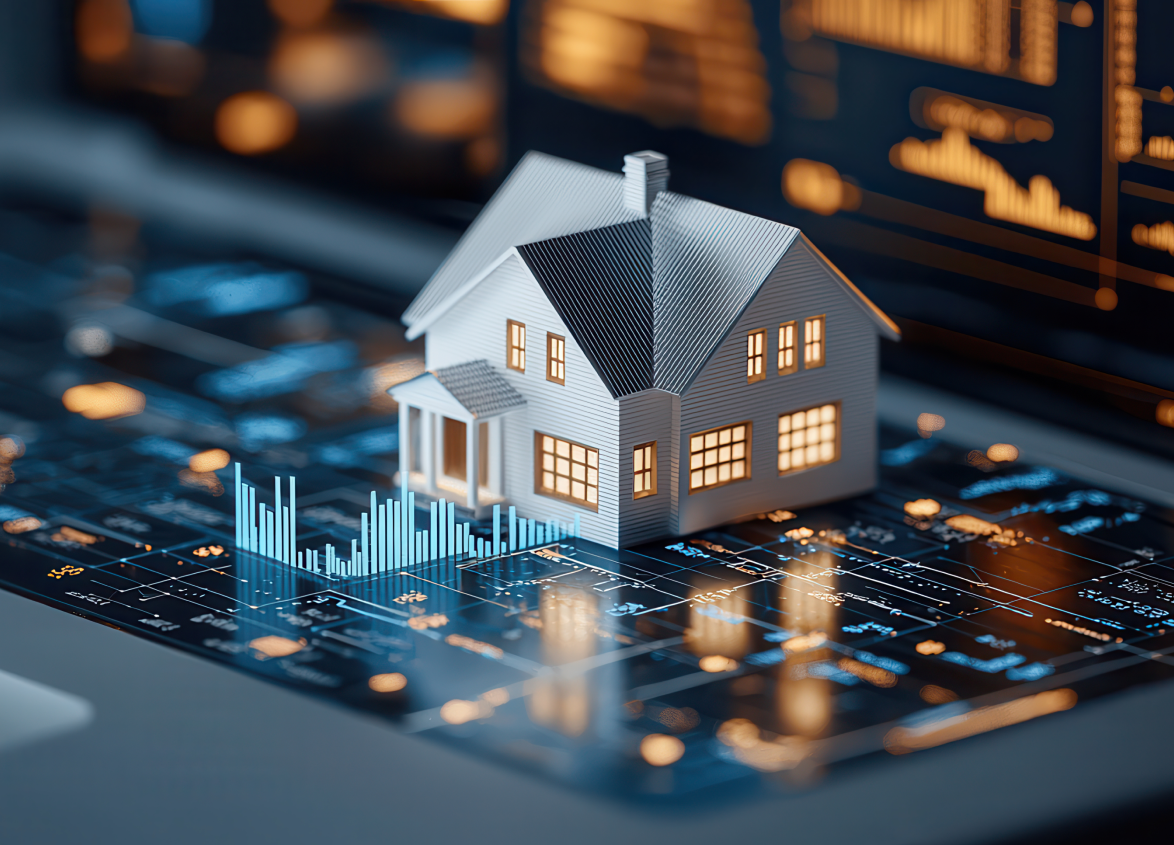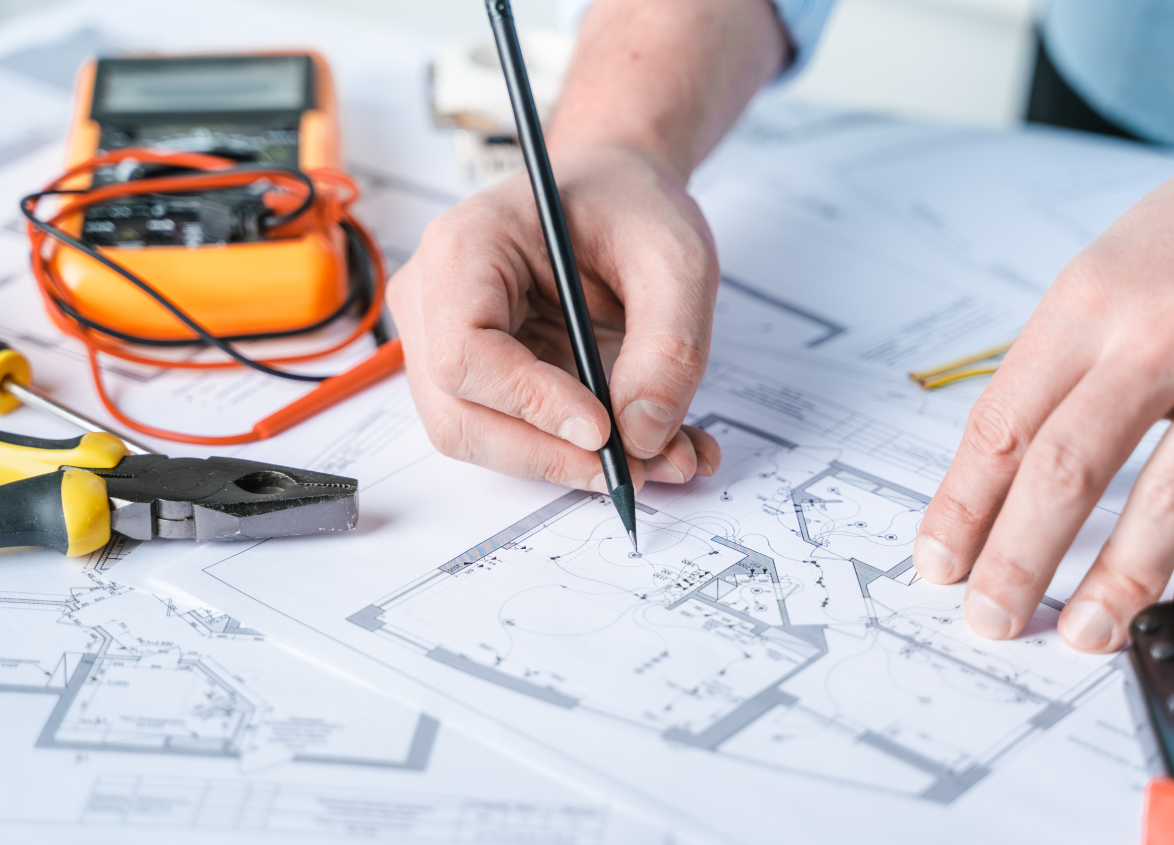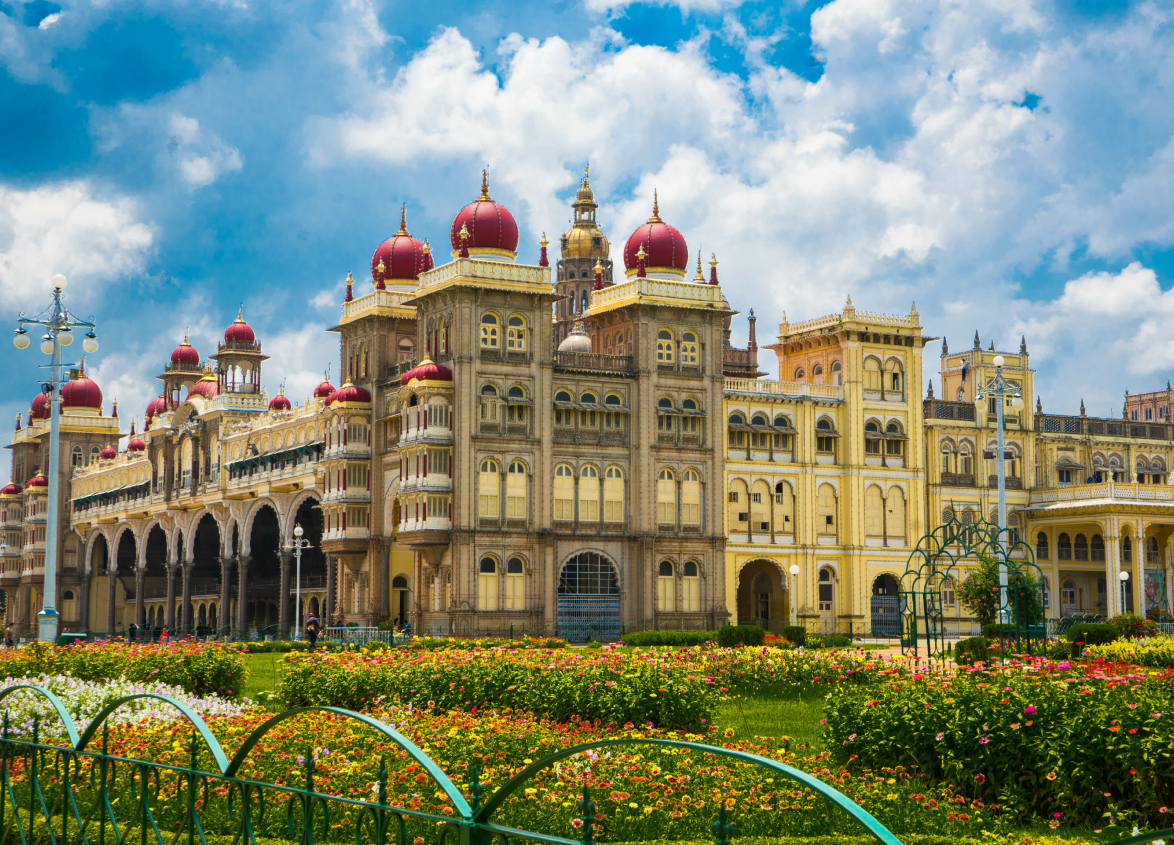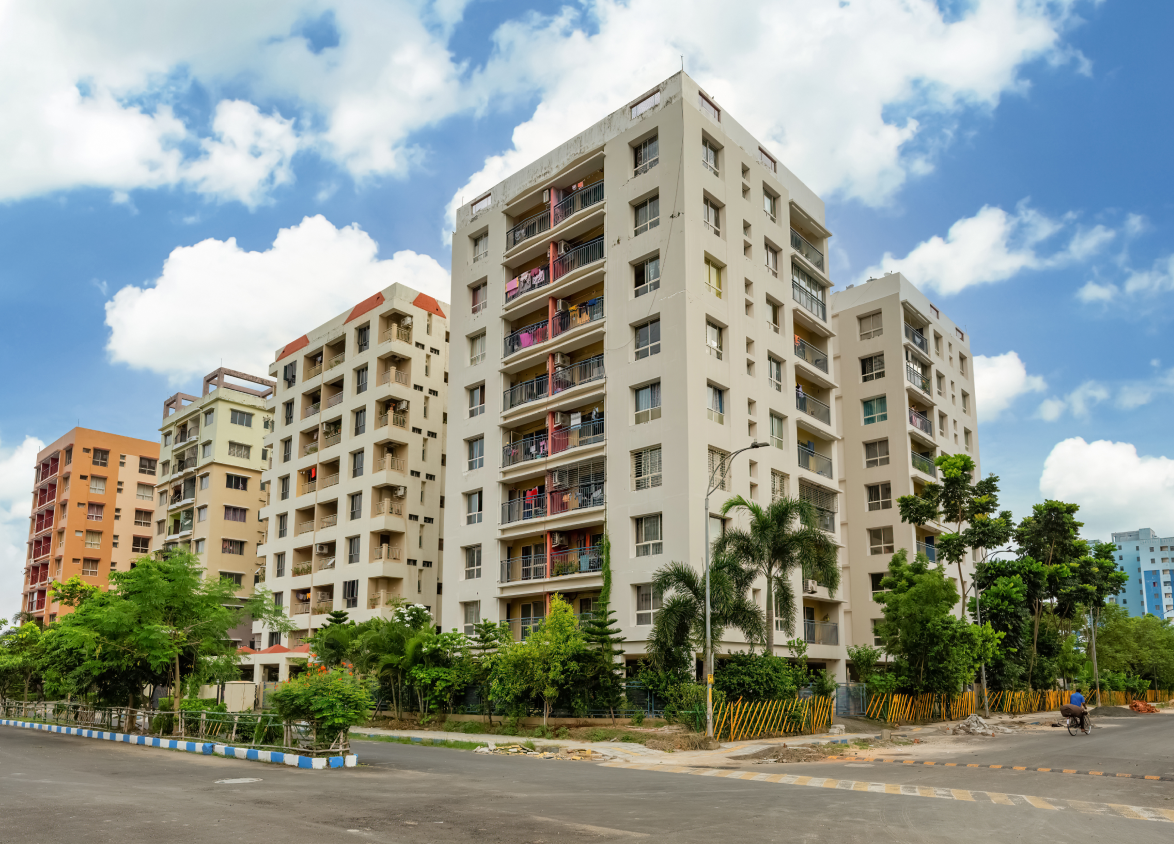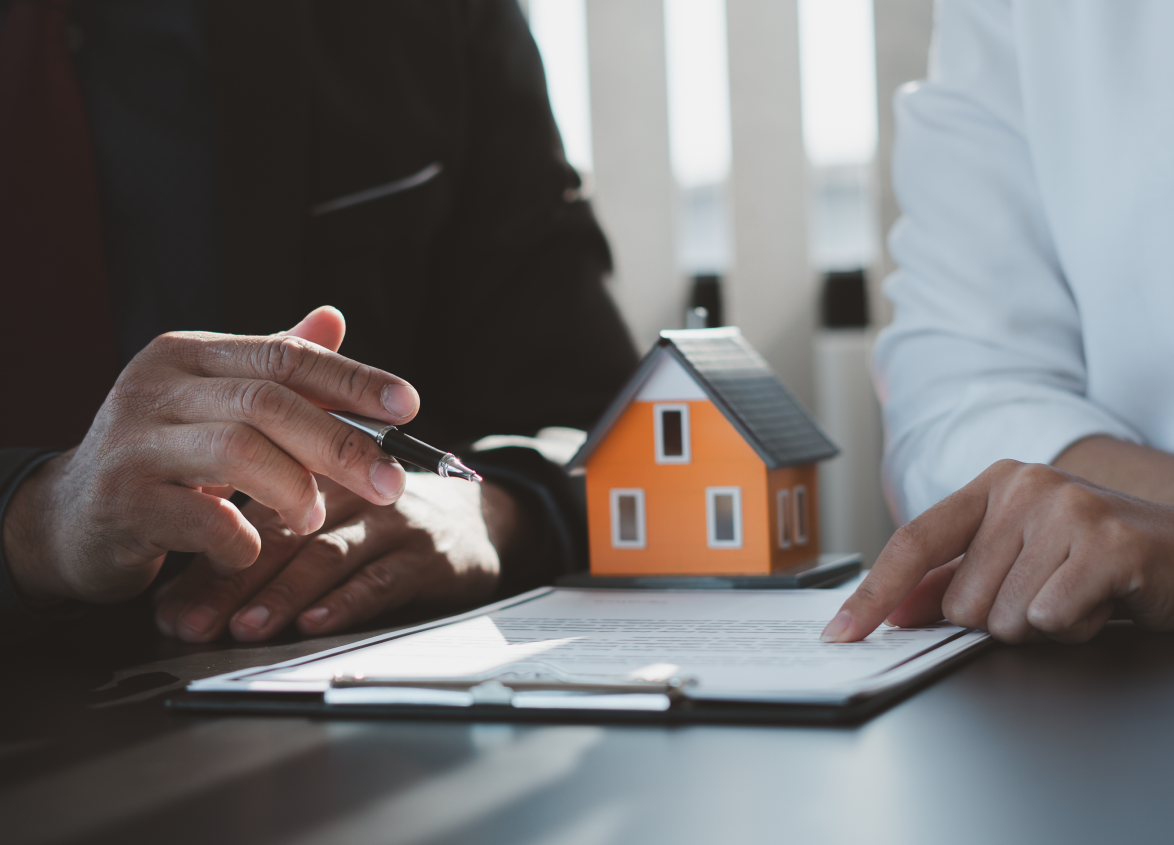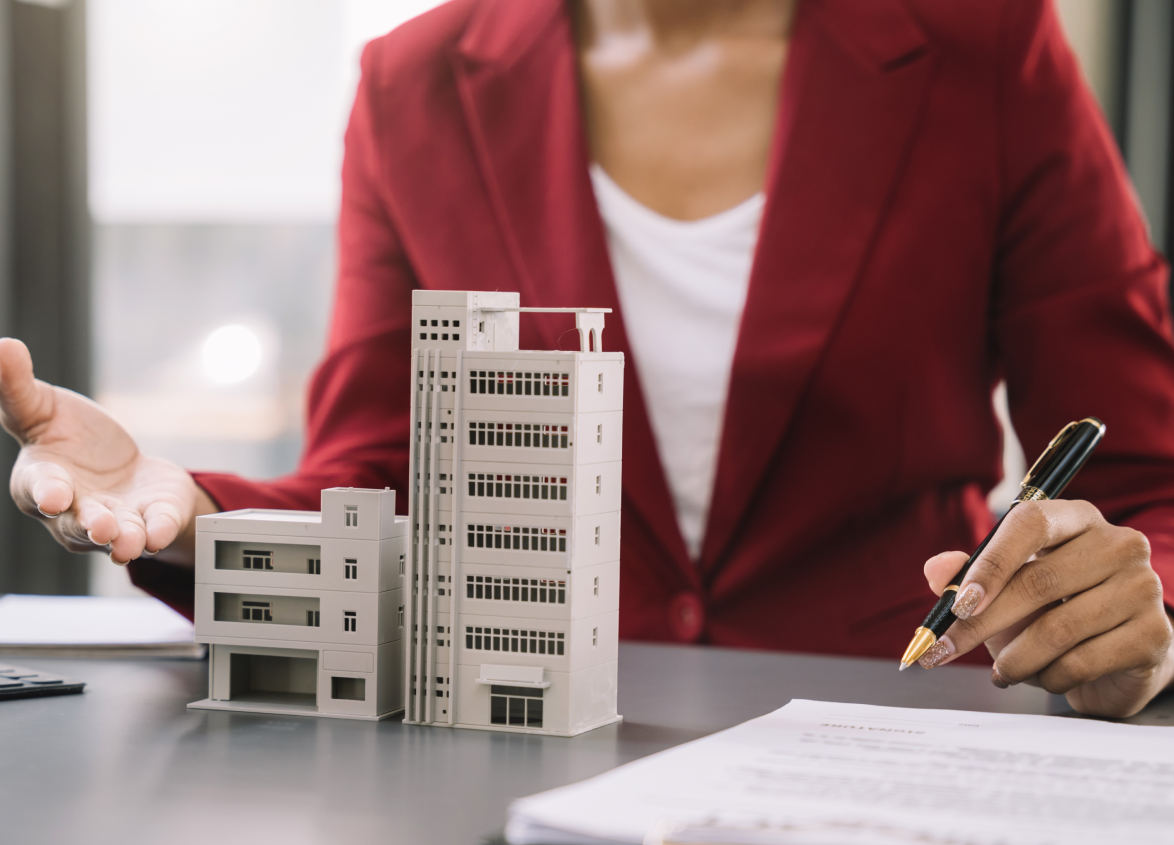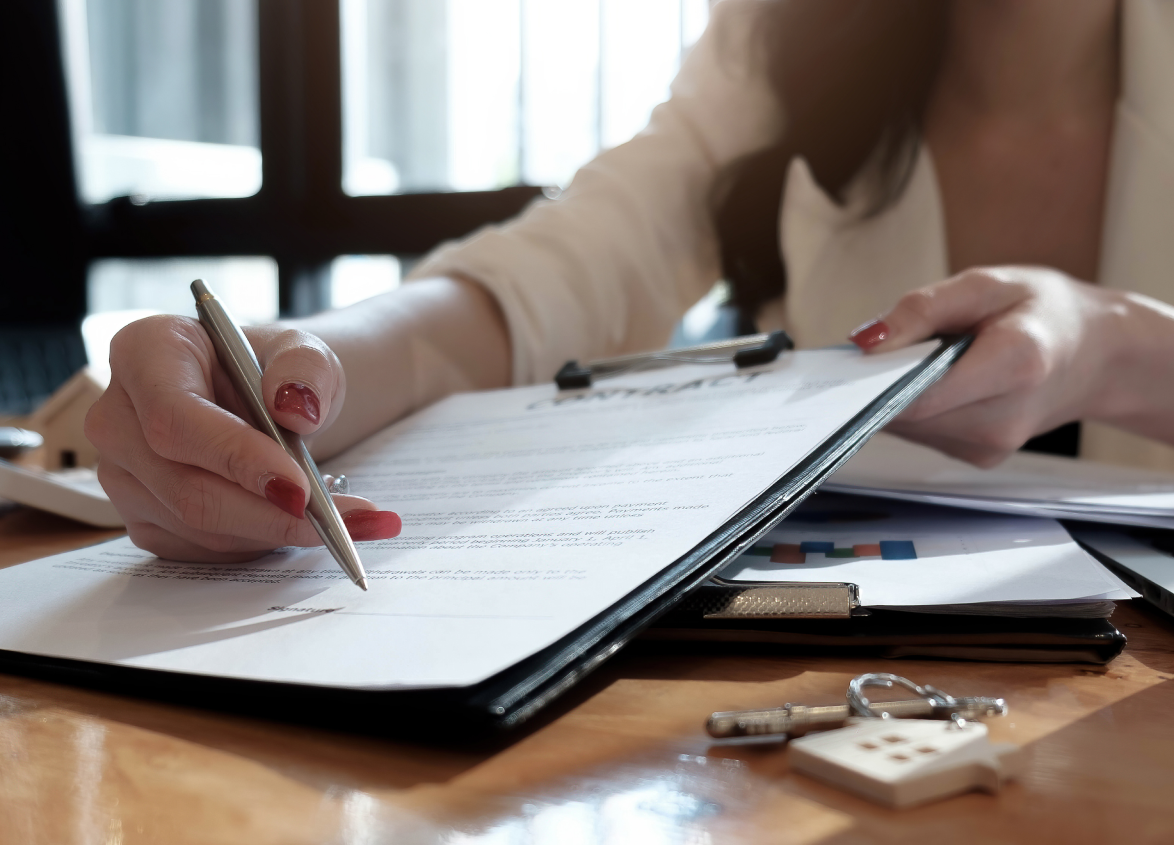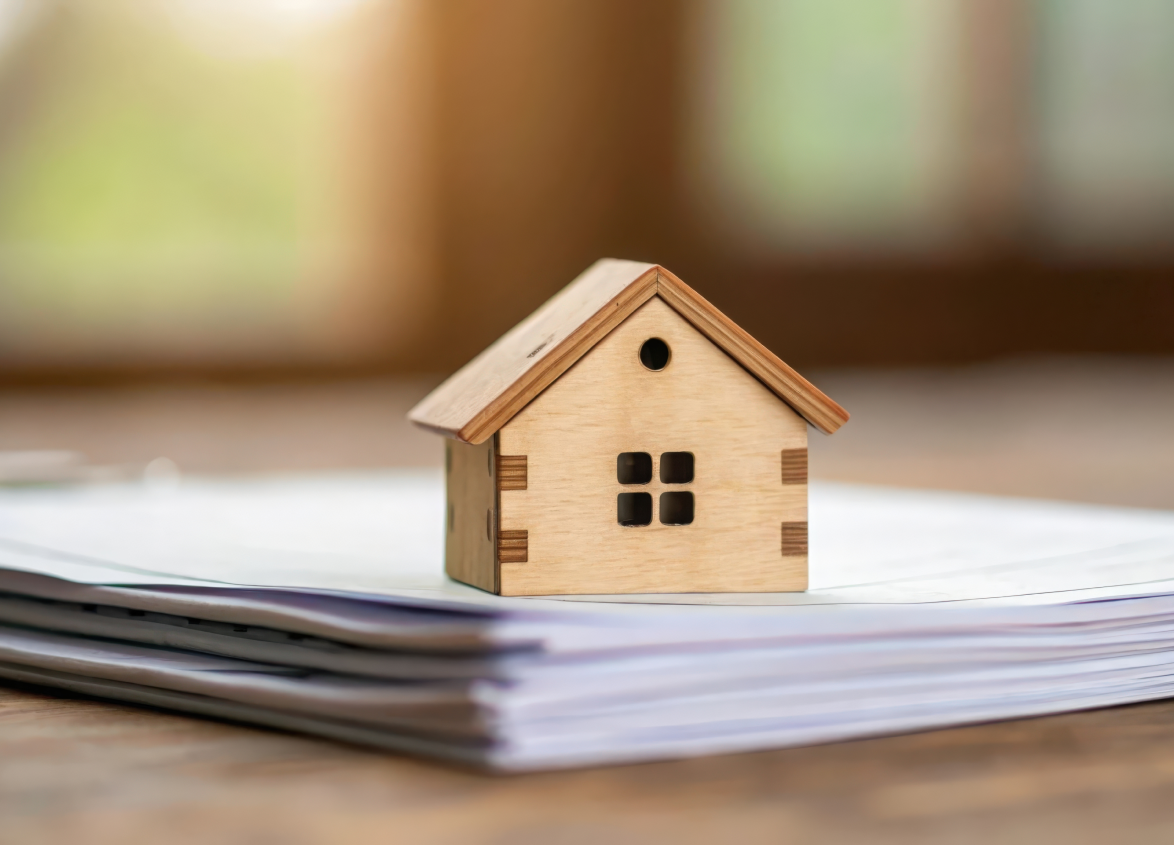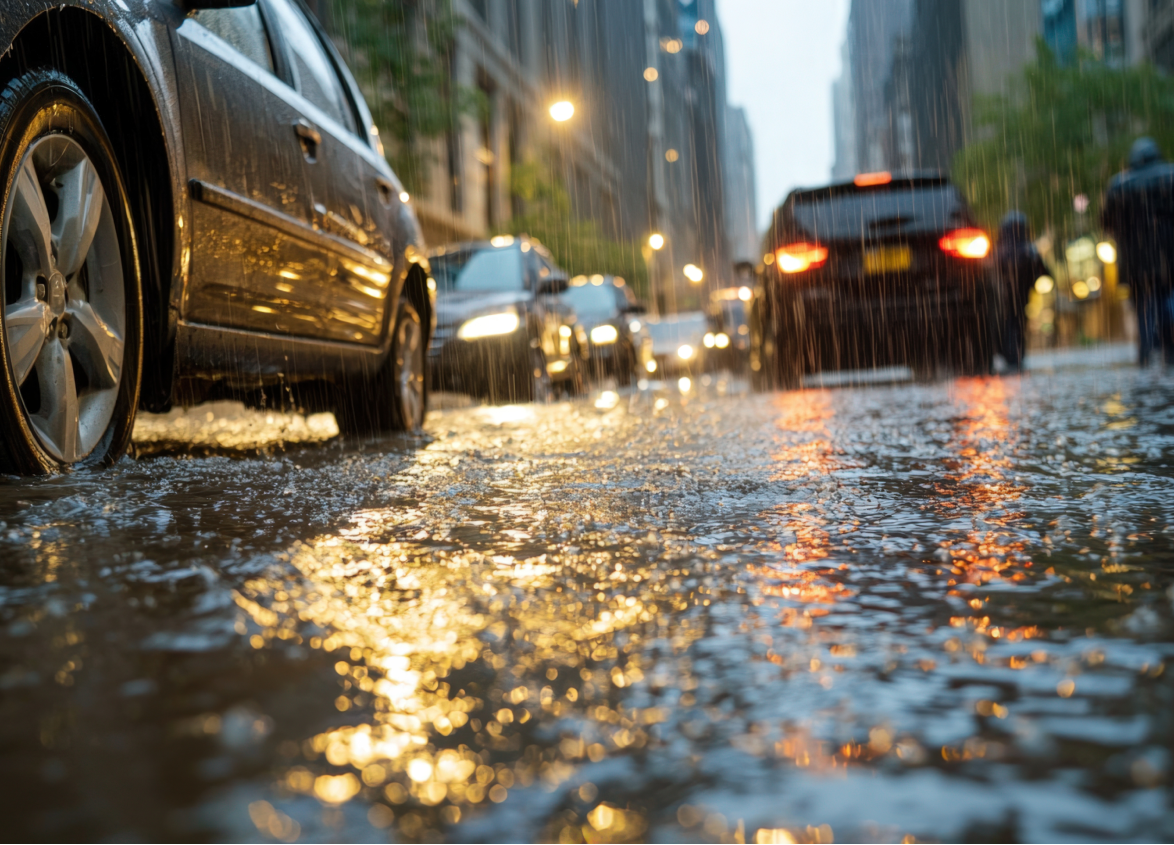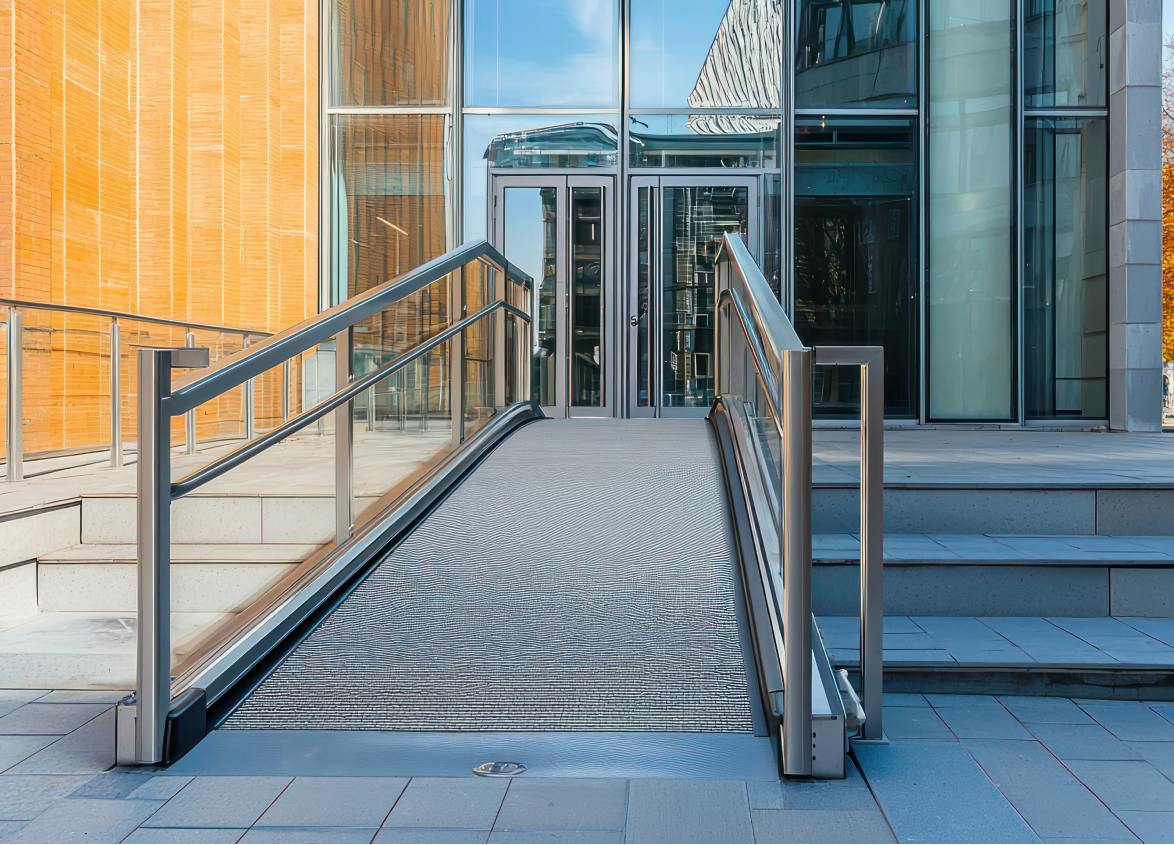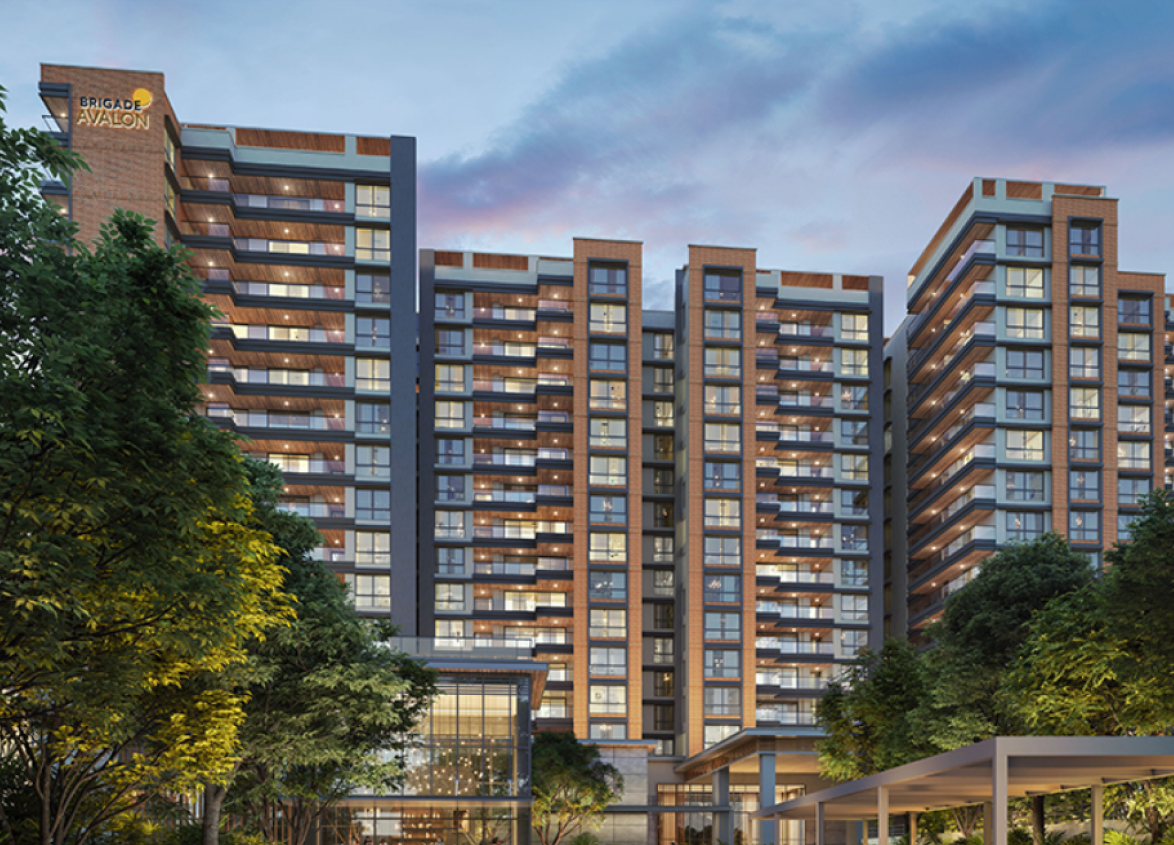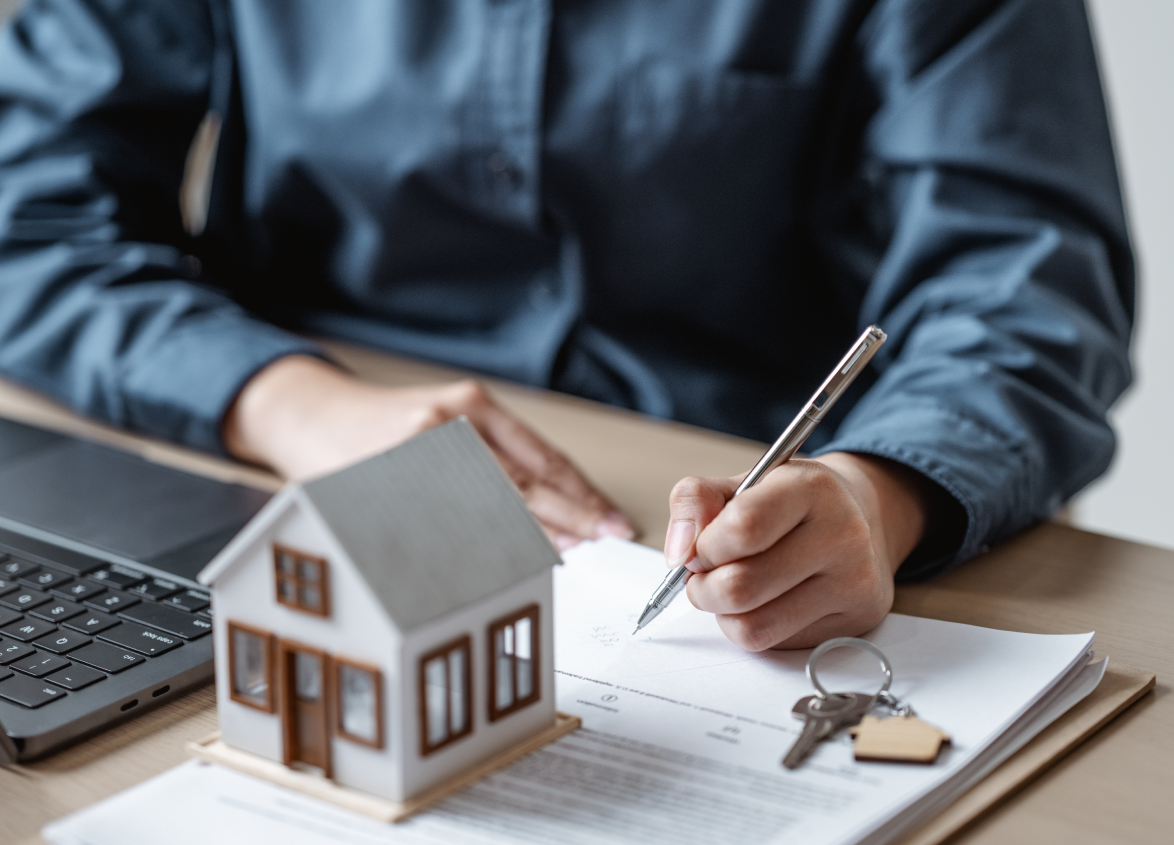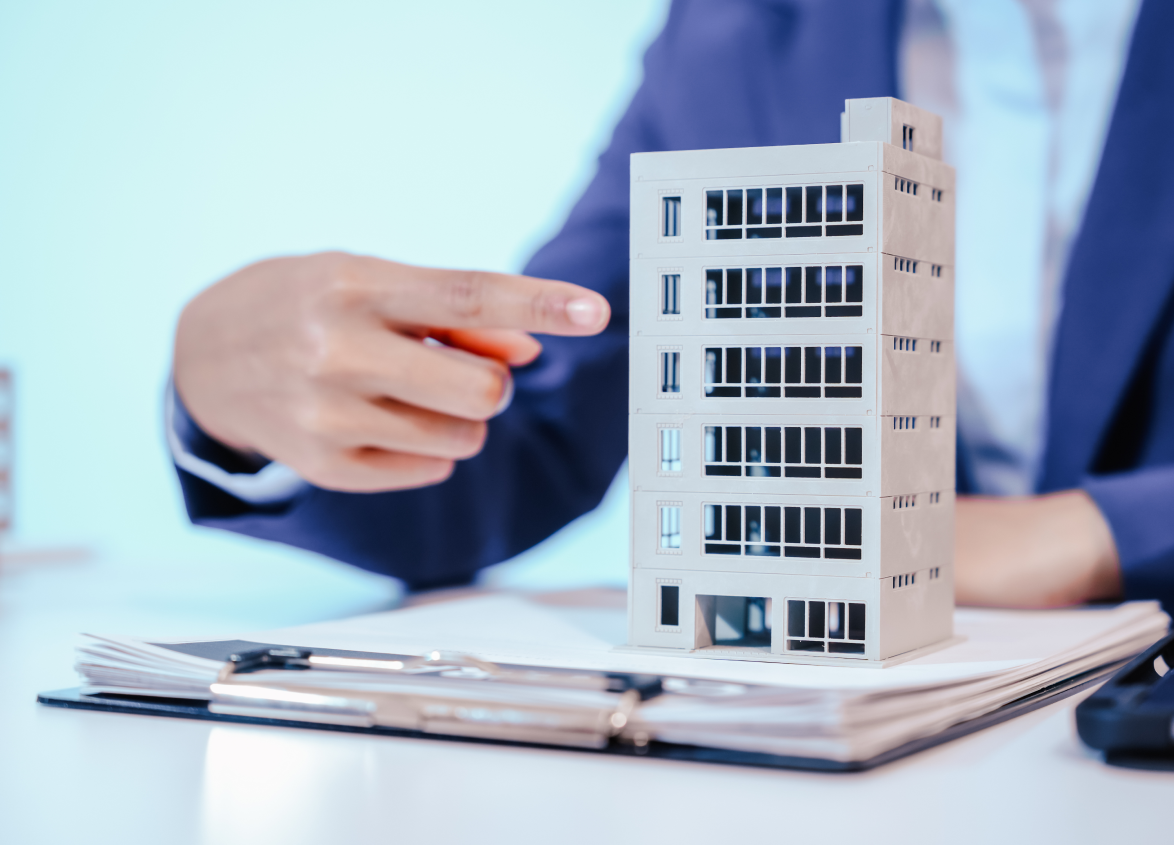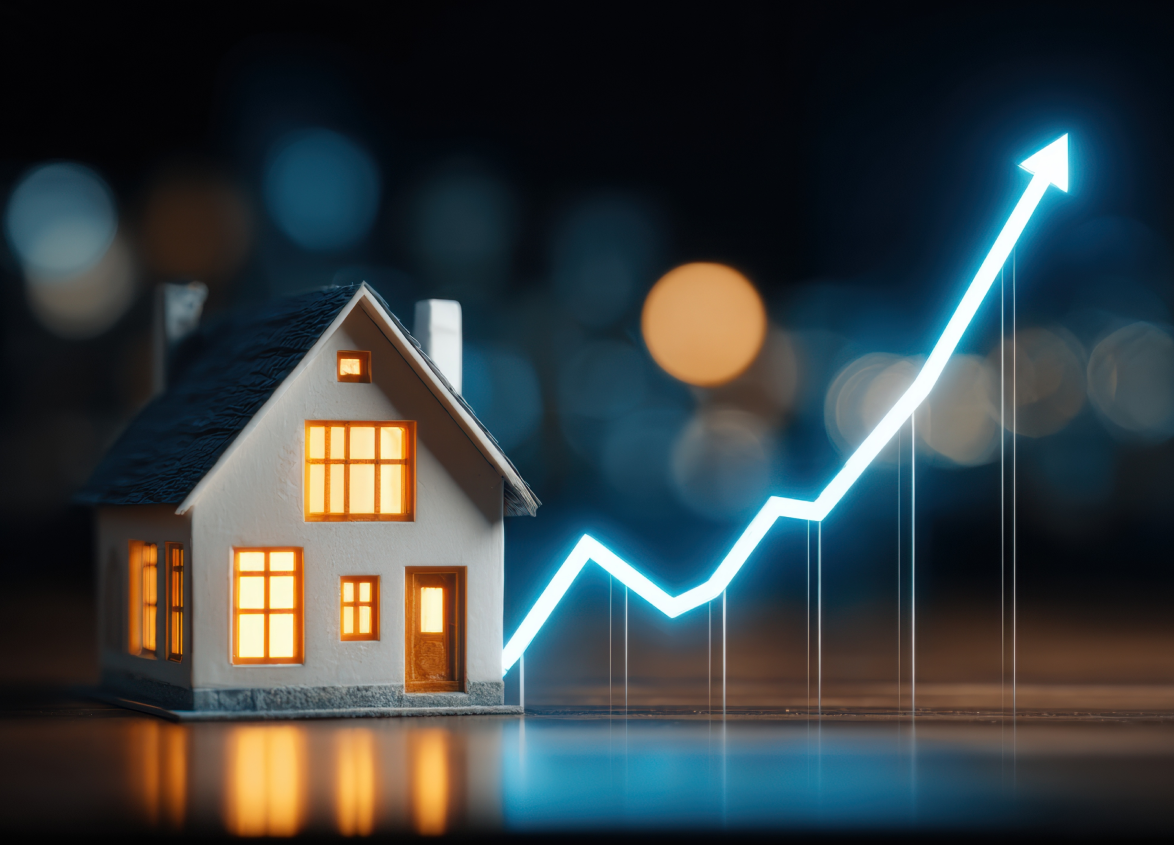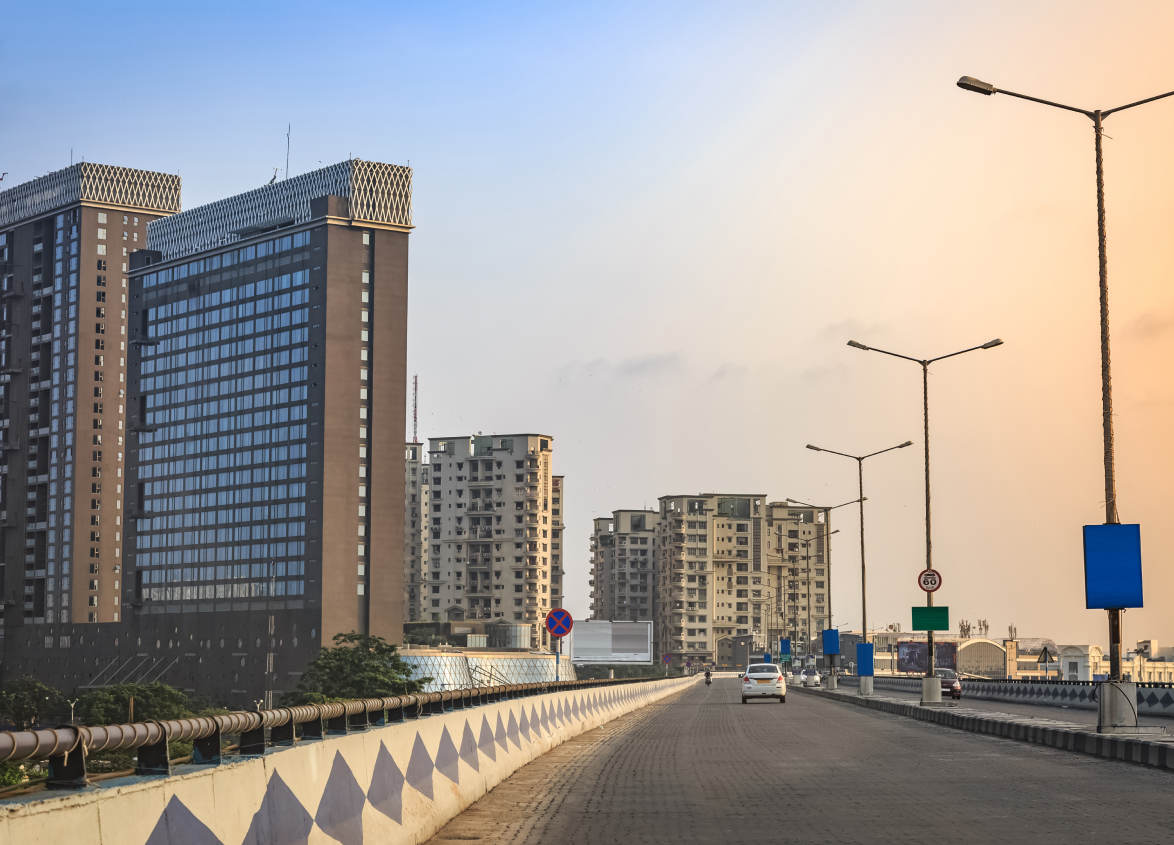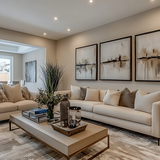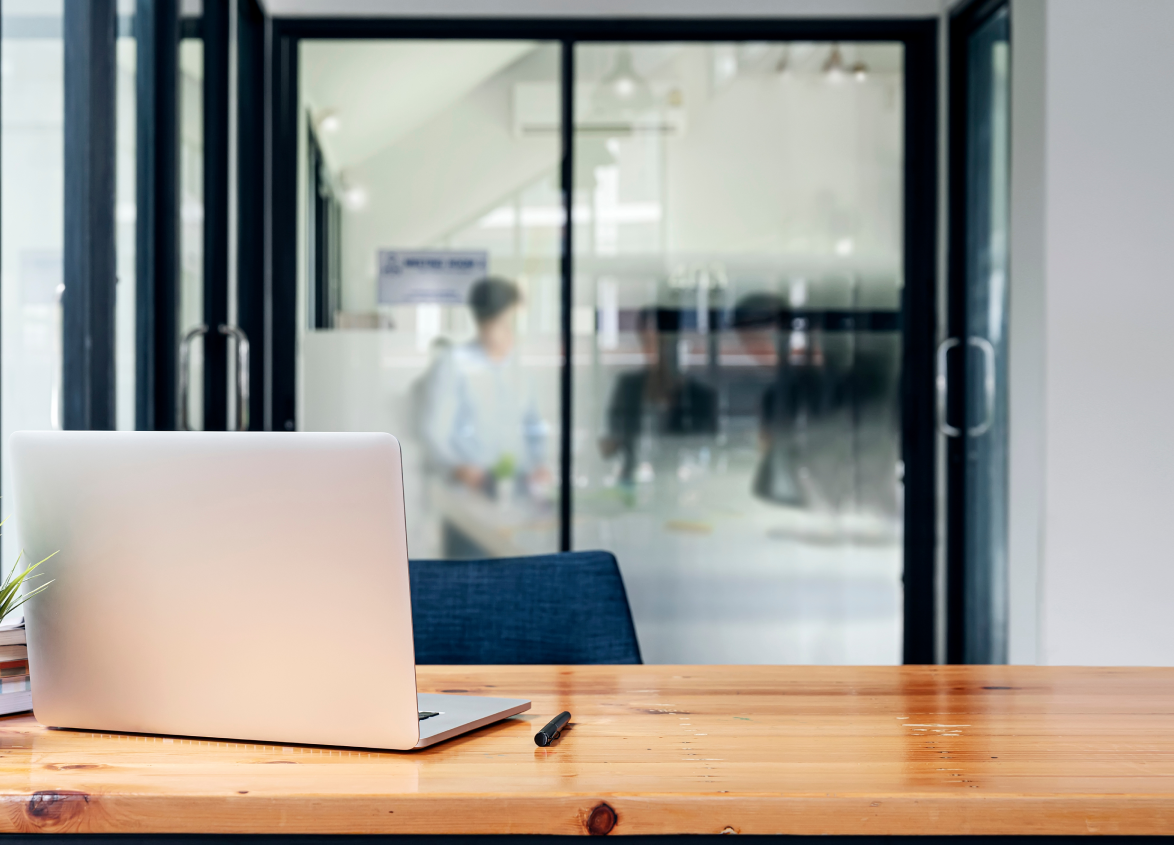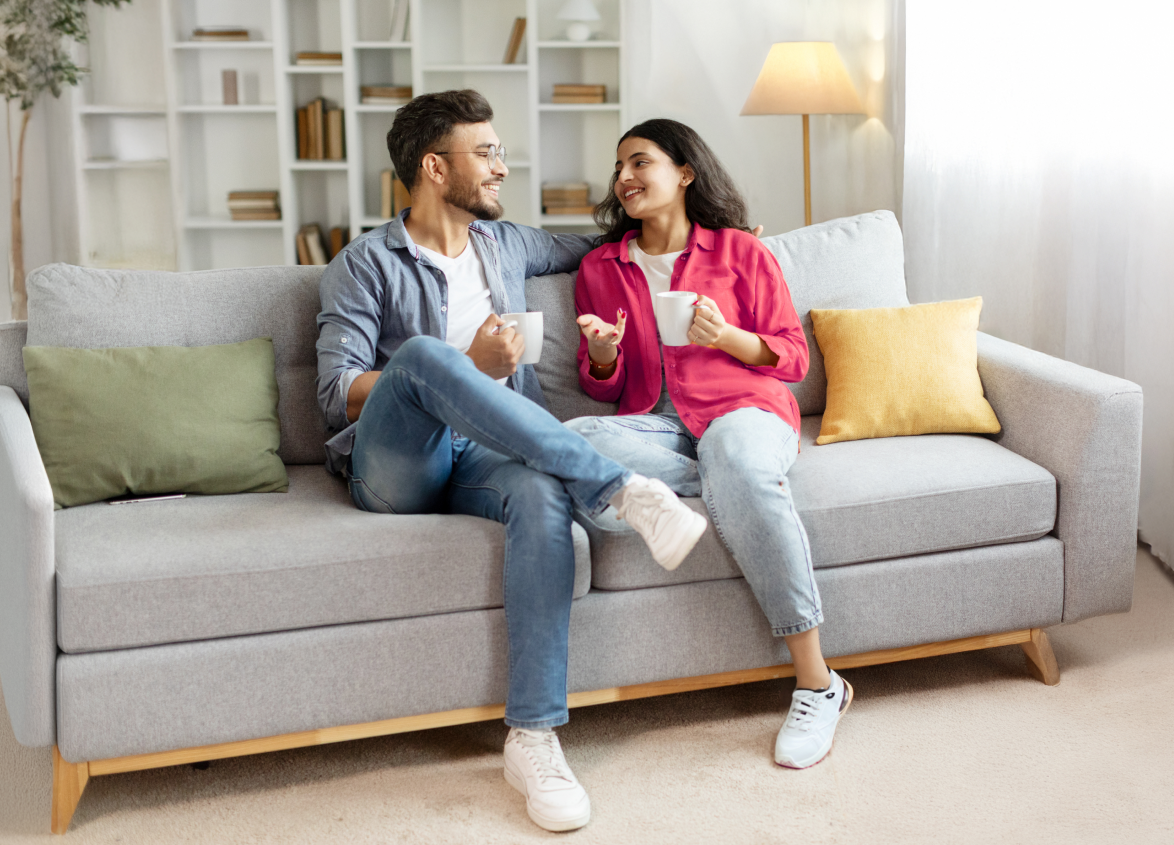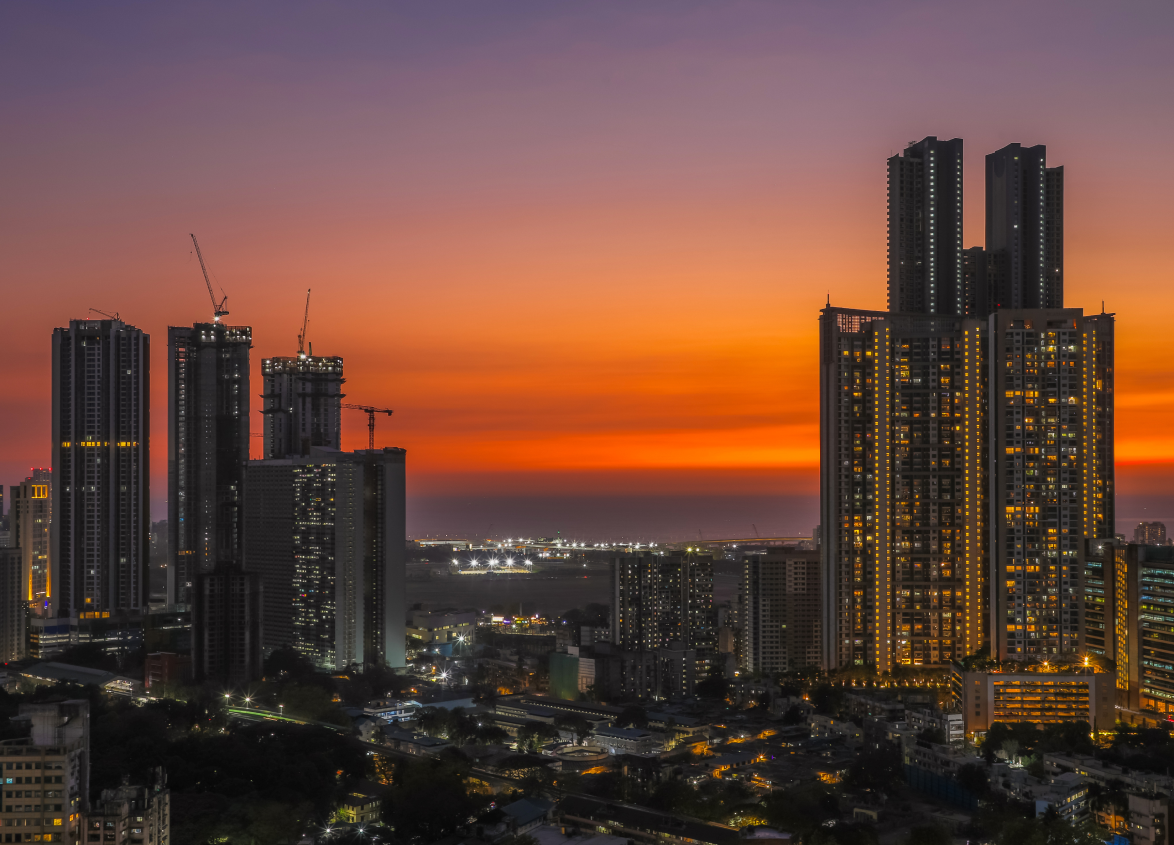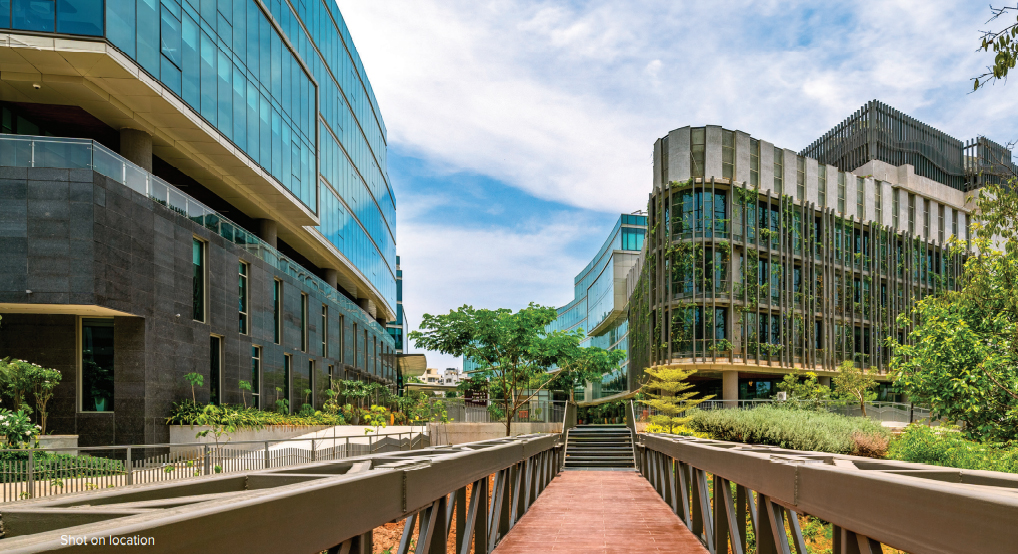
Retail
Retail Space Planning: Strategies for Effective Management
September 05, 2024
Effective retail space management is a powerful tool for boosting sales and creating positive customer experiences. By implementing strategic approaches, retailers can optimize their stores to attract customers, enhance efficiency, and drive profits. This article explores key strategies for effective retail Retail Space planning, including space optimization, product placement, layout design, and the strategic integration of technology.
Understanding the Importance of Retail Space Optimisation
Retail space optimisation is the effective use of the physical space of a store to boost sales and enhance the customer shopping experience. Proper optimization helps retailers achieve several key objectives:
Increased Sales
By streamlining product placement and layout, retailers can improve product visibility, which ultimately boosts sales. Products that are easier to access and find are more likely to be purchased.
Improved Customer Experience
A well-organized store layout can enhance the shopping experience, making it easier for customers to find products and navigate the store. This can increase customer satisfaction and encourage repeat visits.
Enhanced Operational Efficiency
Effective space planning reduces congestion and optimizes operations, allowing staff to work more efficiently and customers to shop comfortably.
Increased Profitability
Effective retail space planning ensures that high-demand products are displayed prominently, boosting income per square foot.
Analysing Your Current Space Utilisation
Before implementing the changes, it is important to assess your current space utilisation. It includes analysing how your current space is utilised and recognising areas for improvement. Here are the steps to follow:
Perform a Space Audit
Evaluate your store’s layout, product placement, and placement patterns. Identify areas that are overcrowded or underused.
Collect Customer Feedback
Conduct interviews and surveys to collect customer feedback about their shopping experience. Identify pain points and regions that need improvement.
Assess Sales Data
Check the sales data to identify the high-performing products and categories. Ensure that all these products are efficiently placed to boost visibility and sales.
Designing an Efficient Store Layout
A competent store layout is essential for streamlining store space and enhancing the shopping experience. Here are some strategies to follow when planning your store layout:
Develop a Proper Flow
Design your layout to guide customers logically while they shop in your store, motivating them to discover different sections. Use signage and markings for directions.
Prioritise High-Impact Regions
Allocate prime locations for high-margin or high-demand items. These areas should be easily accessible and highly visible.
Streamline the Width of the Aisle
Make sure the aisles are broad enough to accommodate foot traffic efficiently. Constricted aisles can cause congestion and discourage customers from exploring the store further.
Add Visual Merchandising
Always put appealing and eye-catching displays and visual merchandising items to promote your major products.
Implementing Product Placement Strategies
Proper product placement is essential for promoting sales and adding to the shopping experience. Here are some strategies to adopt:
Use the “Rule of Three”
Group products, especially in sets of three, to create a visually appealing display. This can better capture people's attention.
Go for Cross-Merchandising
Place related products together to encourage customers to shop for complementary items. For example, when displaying pasta, also include sauce and pasta spices.
Use Eye-Level Display
Position high-demand or high-margin items at eye level to increase visibility and promote impulsive buying.
Change Your Stock Periodically
Update your product displays regularly to keep your store looking fresh and new. Rotate promotional and seasonal products to maintain customer interest.
Utilising Technology For Space Management
Technology plays a significant part in modern retail space planning. Incorporate these tools and technologies for a better result:
Retail Analytics Software
Use analytics software to track consumer behavior, assess sales data, and recognize trends. This data will help you make more informed space optimization decisions.
Planogram Software
Utilize planogram software to create better visual representations of product placement. This will add consistency and efficiency to your displays.
Digital Signage
Use digital signage to promote products, highlight discounts and promotions, and offer wayfinding information. It enhances the shopping experience and promotes sales.
Inventory Management Systems
Implement inventory management systems for better inventory management. This will allow you to stock high-demand products appropriately.
Maximising Storage and Inventory Efficiency
Effective storage and inventory management are important for streamlining retail space. Use these strategies for better results:
Balance Stock
Maintain optimal stock levels to avoid clutter and shortages.
Utilise Vertical Space
Maximise storage with shelves and smart space planning.
Implement Just-in-Time Inventory
Reduce excess stock with timely deliveries.
Organise Your Backroom
Streamline operations with clear labelling and organisation.
Creating Flexible and Multi-Purpose Spaces
Retail space planning should be adaptable to evolving trends and needs. You can implement the following strategies to create flexible and multi-purpose retail spaces:
Adapt the Lighting
Use adjustable lights to highlight products and create ambience.
Refresh Displays
Keep your store engaging with temporary product showcases.
Create Versatile Zones
Design spaces that can host events, workshops, or pop-ups.
Choose Modular Fixtures
Easily adapt your layout for promotions and seasons.
Managing Foot Traffic Flow
Handling foot traffic flow is essential for creating a comfy and enjoyable shopping experience. Consider these strategies:
Maintain Clear Pathways
Ensure aisles are open and unobstructed for easy navigation.
Informative Signage
Use clear and concise signage to guide customers.
Strategic Product Placement
Maximize exposure for key items by placing them strategically.
Analyze Customer Movement
Understand traffic patterns to optimize store layout and product placement.
Optimising Staffing and Customer Service
Staffing and customer service have a major impact on customers' overall shopping experience. Check out the strategies to augment staffing:
Match Staff to Demand
Adjust staffing based on customer traffic.
Invest in Training
Develop skilled employees for better service.
Develop a Customer-Centric Culture
Prioritise customer satisfaction.
Leverage Technology
Streamline operations and enhance service.
Monitoring and Adjusting For Continuous Improvement
Consistent improvement is important for maintaining efficient retail space management. Here are some strategies:
Track Performance
Monitor key metrics to assess space effectiveness.
Seek Customer Input
Regularly gather customer feedback to identify areas for improvement and promote a positive shopping experience.
Regularly Audit Your Store
Identify areas for optimisation.
Stay Industry-Aware
Adapt to trends for continued success.
Conclusion
Effective retail space planning and management are crucial for boosting sales, enhancing customer experience, and improving operational efficiency. By implementing the strategies outlined in this article, retail store owners can create an engaging and dynamic shopping environment that drives sales and success. Consistent monitoring and adjustment ensure that the retail space remains flexible and responsive to the ever-changing needs of consumers and market trends.
FAQ
What innovative approaches can retailers take for space optimisation?
Retailers can use technology for effective virtual store planning and better space optimisation. They can also adopt adaptable store layouts and concentrate on modular fixtures. Moreover, they can create multi-purpose spacing, add pop-up shops, and streamline backroom activities to boost space optimisation.
What are some effective retail store layout design strategies?
Go for customer journey mapping, effective placement of items, visual merchandising approaches, and creating effective sightlines. Make sure the layout is developed to consider customer behaviours and, thereby, promote exploration.
How can technology help with retail space management?
Technology allows store owners to access space planning software, customer analytics, effective inventory management, and digital signage. These tools streamline space allocation, promote customer experiences, and optimise operations.
What role does customer experience play in retail space optimisation?
Understanding customer behaviour is essential. Retailers should evaluate foot traffic patterns, collect customer feedback, and develop layouts to promote shoppers' shopping experiences. Prioritising customer comfort with effective product discovery and navigation is essential to retail space optimisation.
MUST READ
Looking for something specific?
We'd be delighted to help you.
